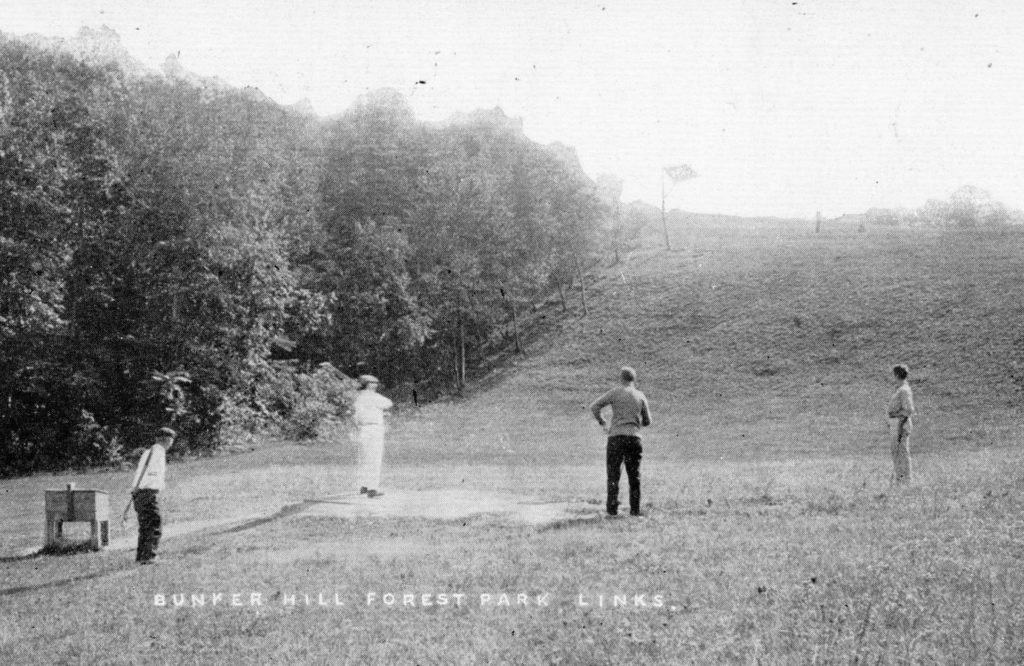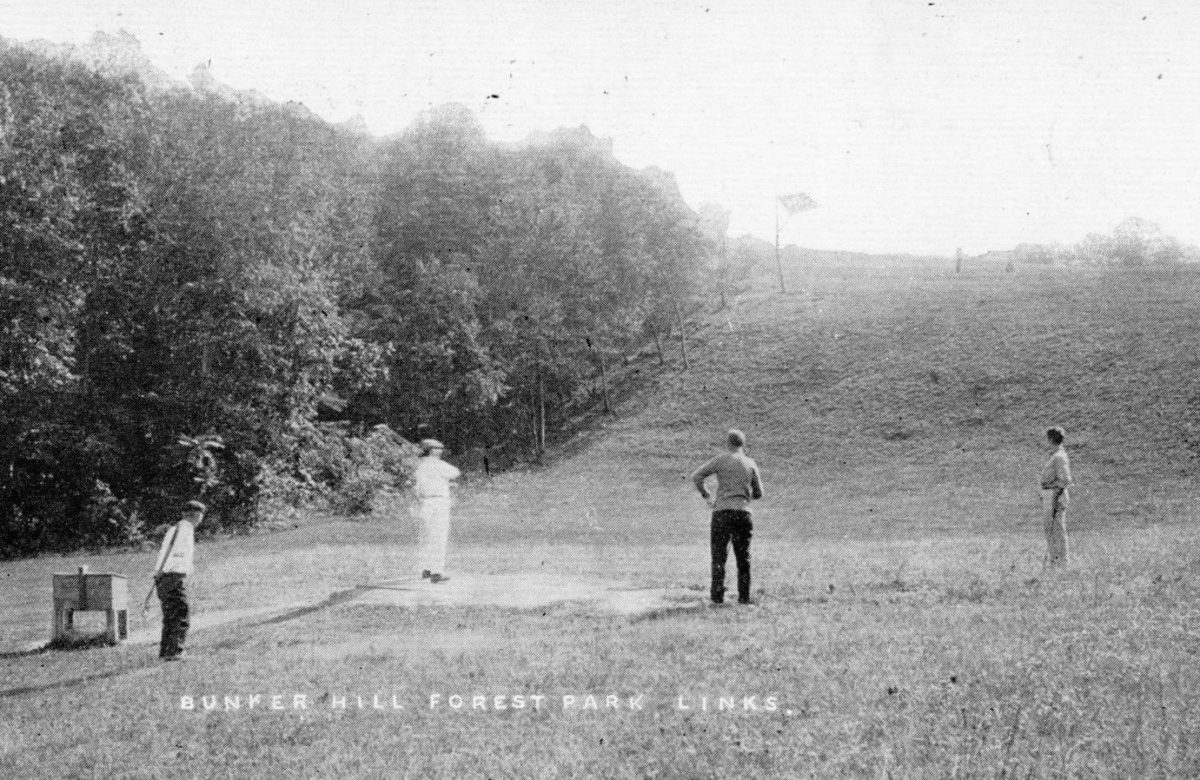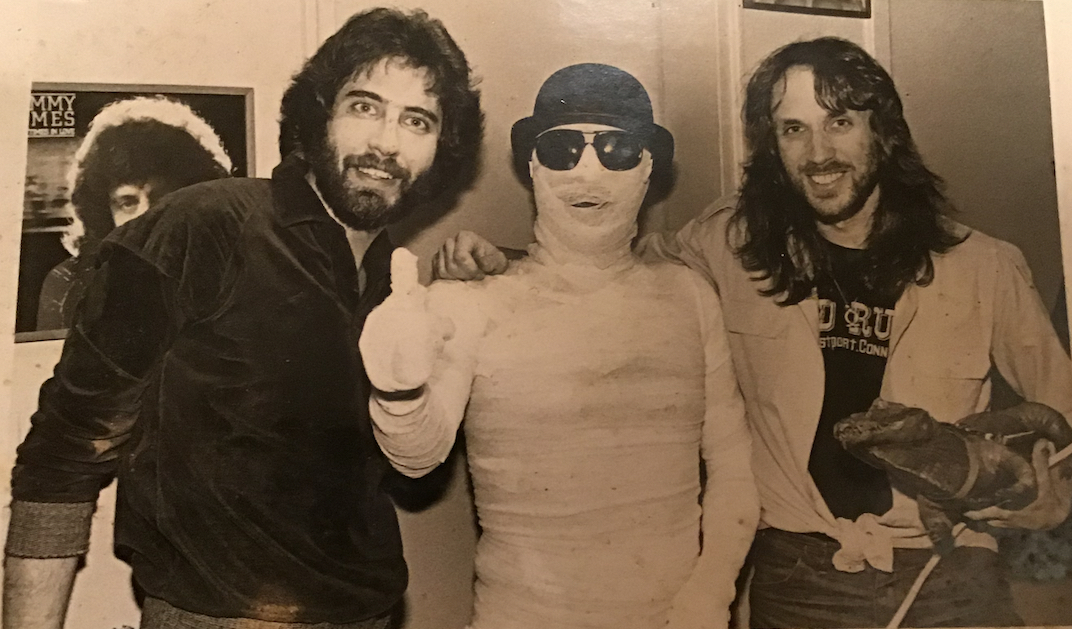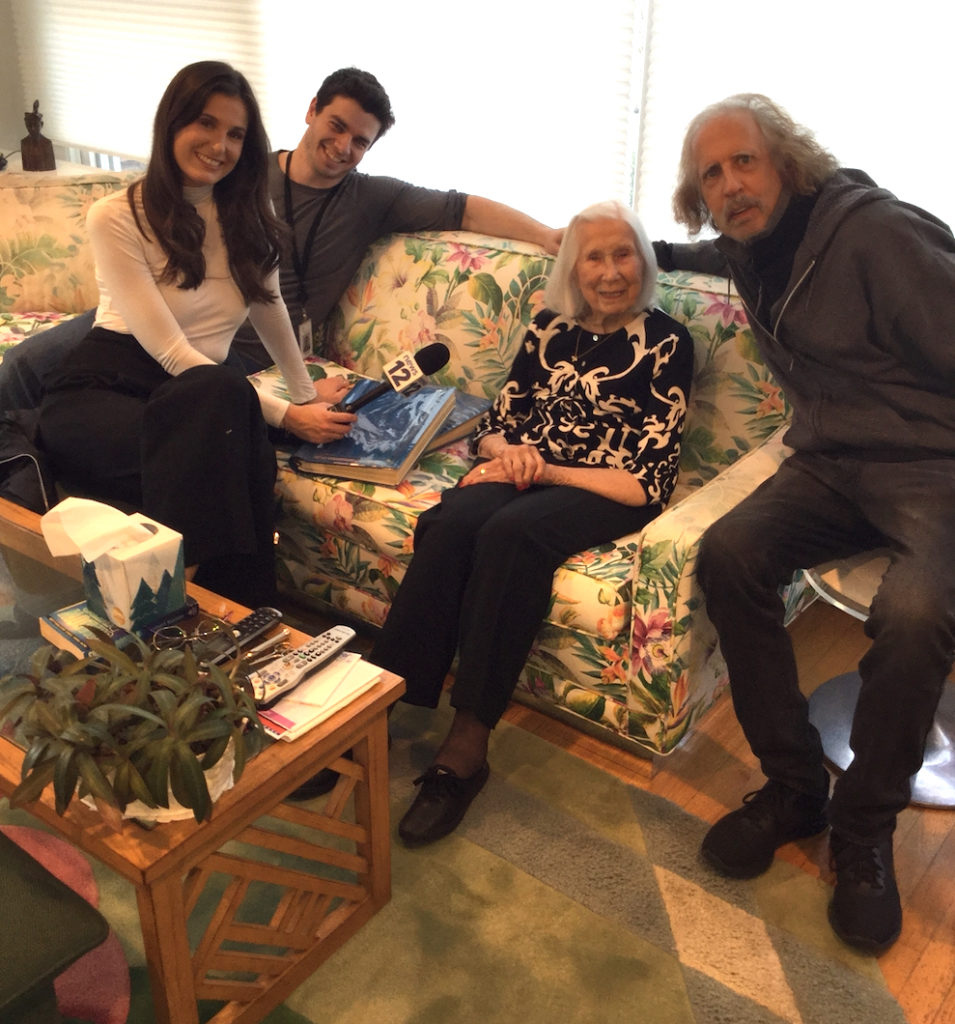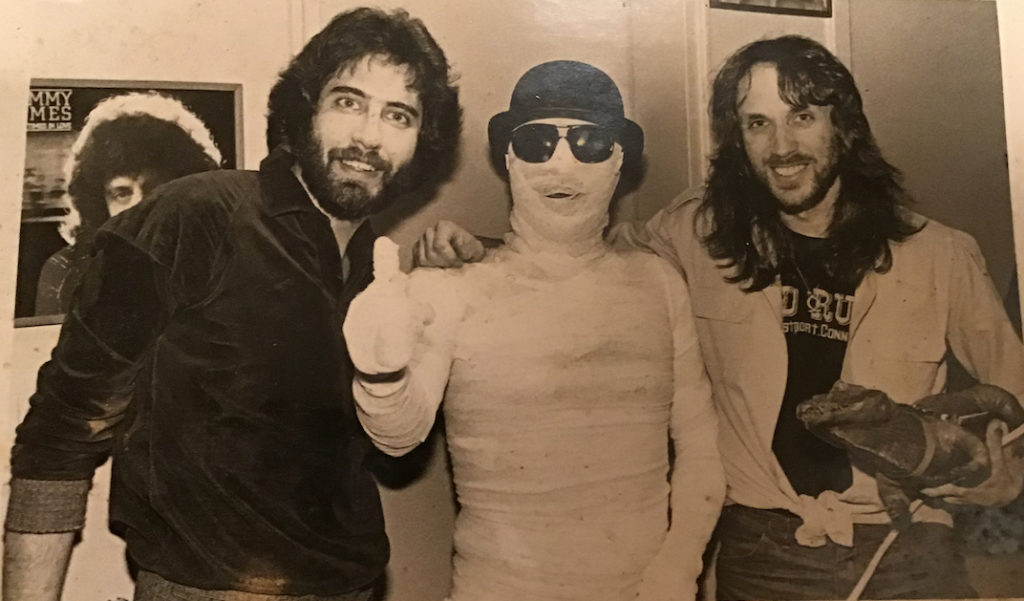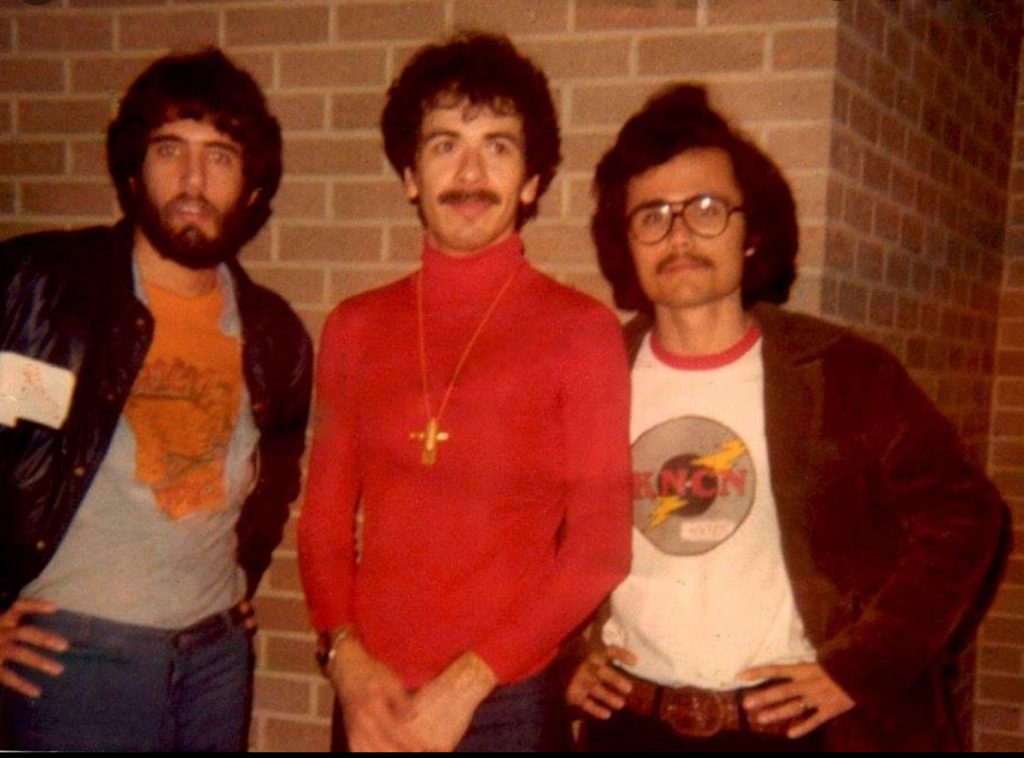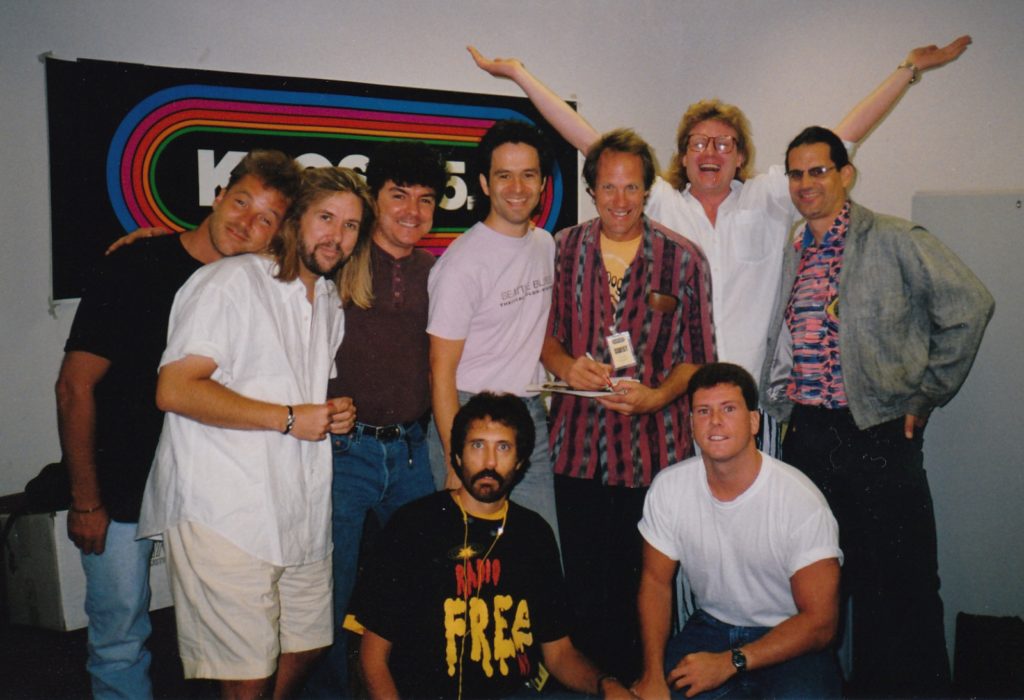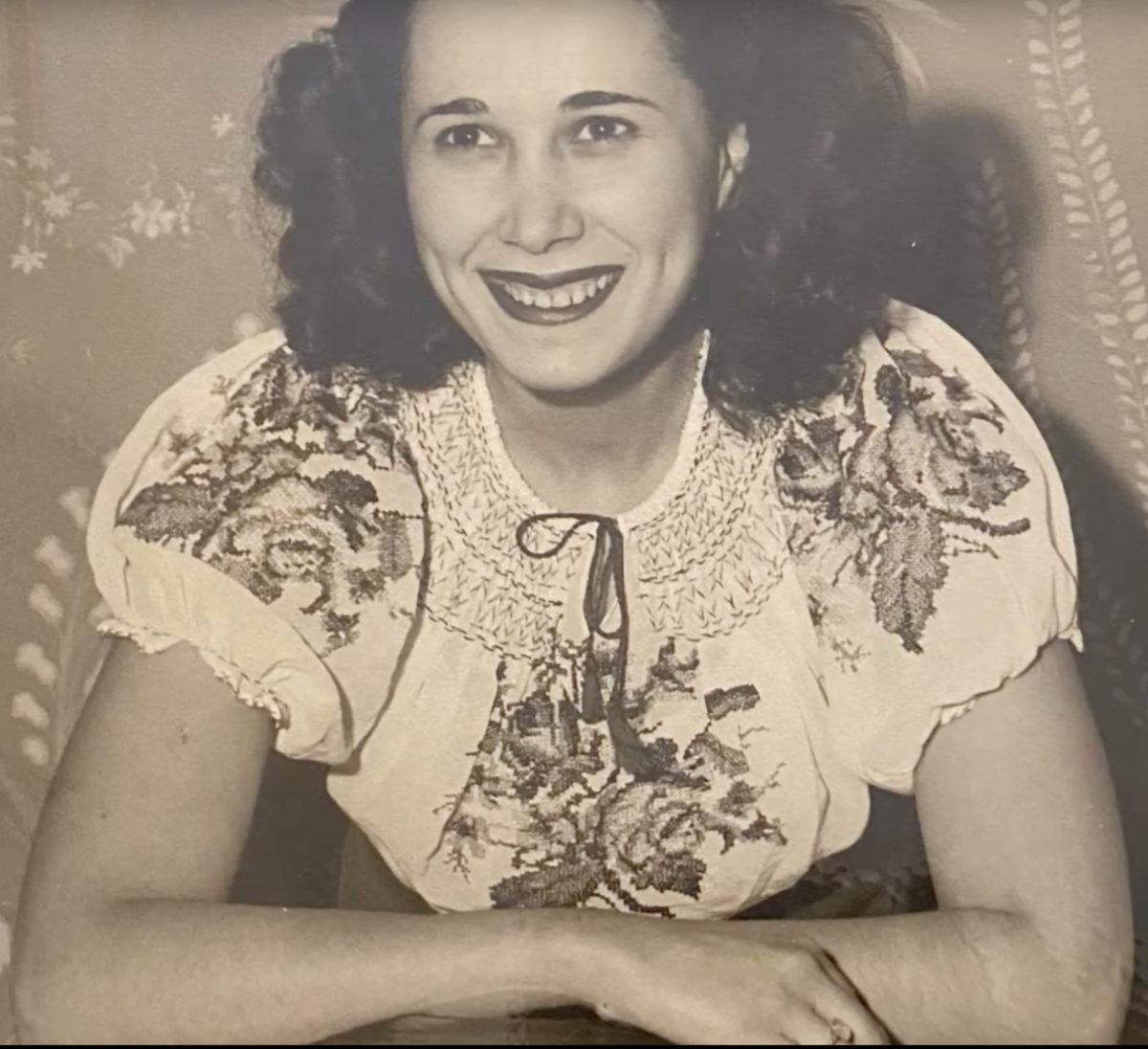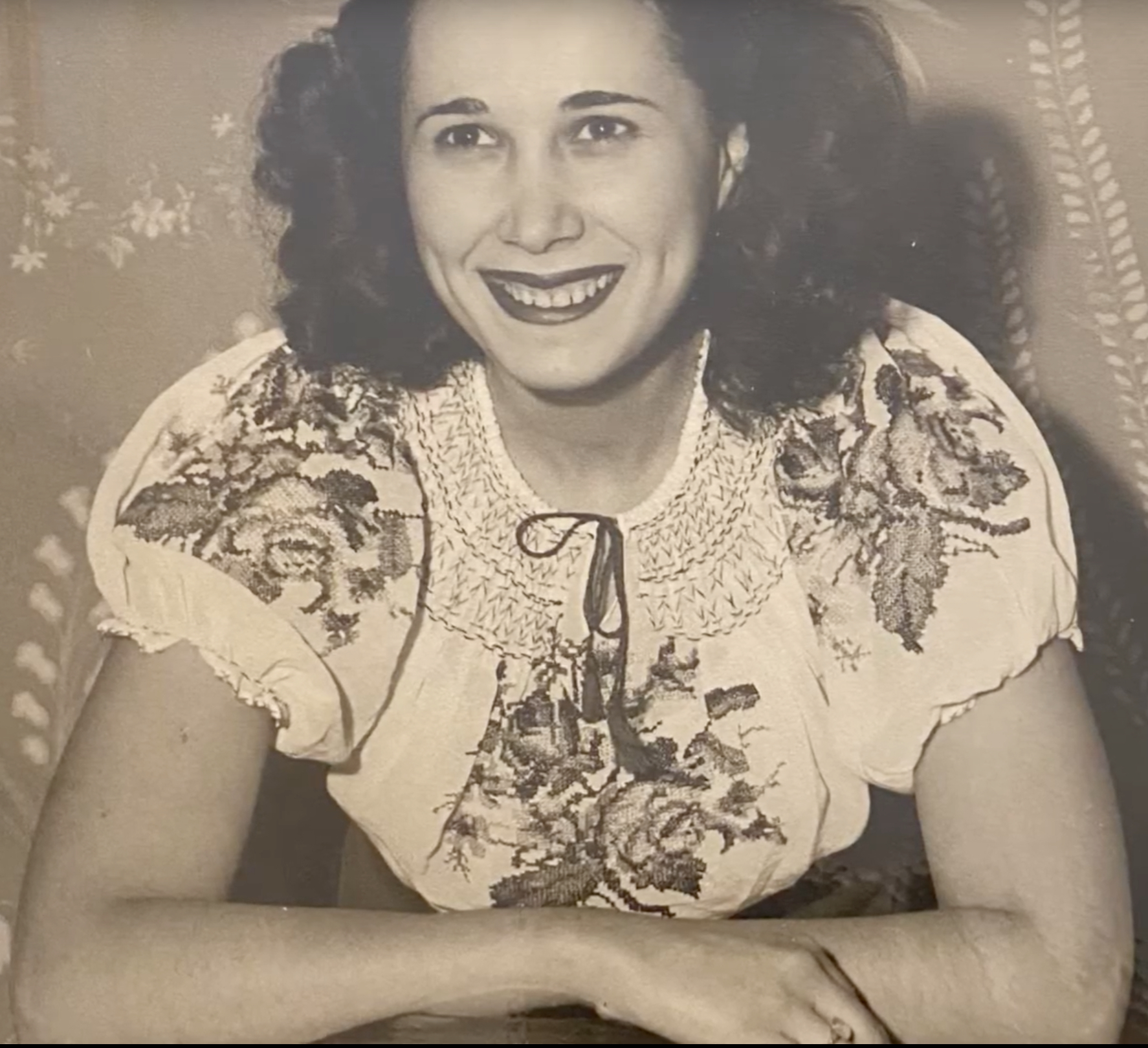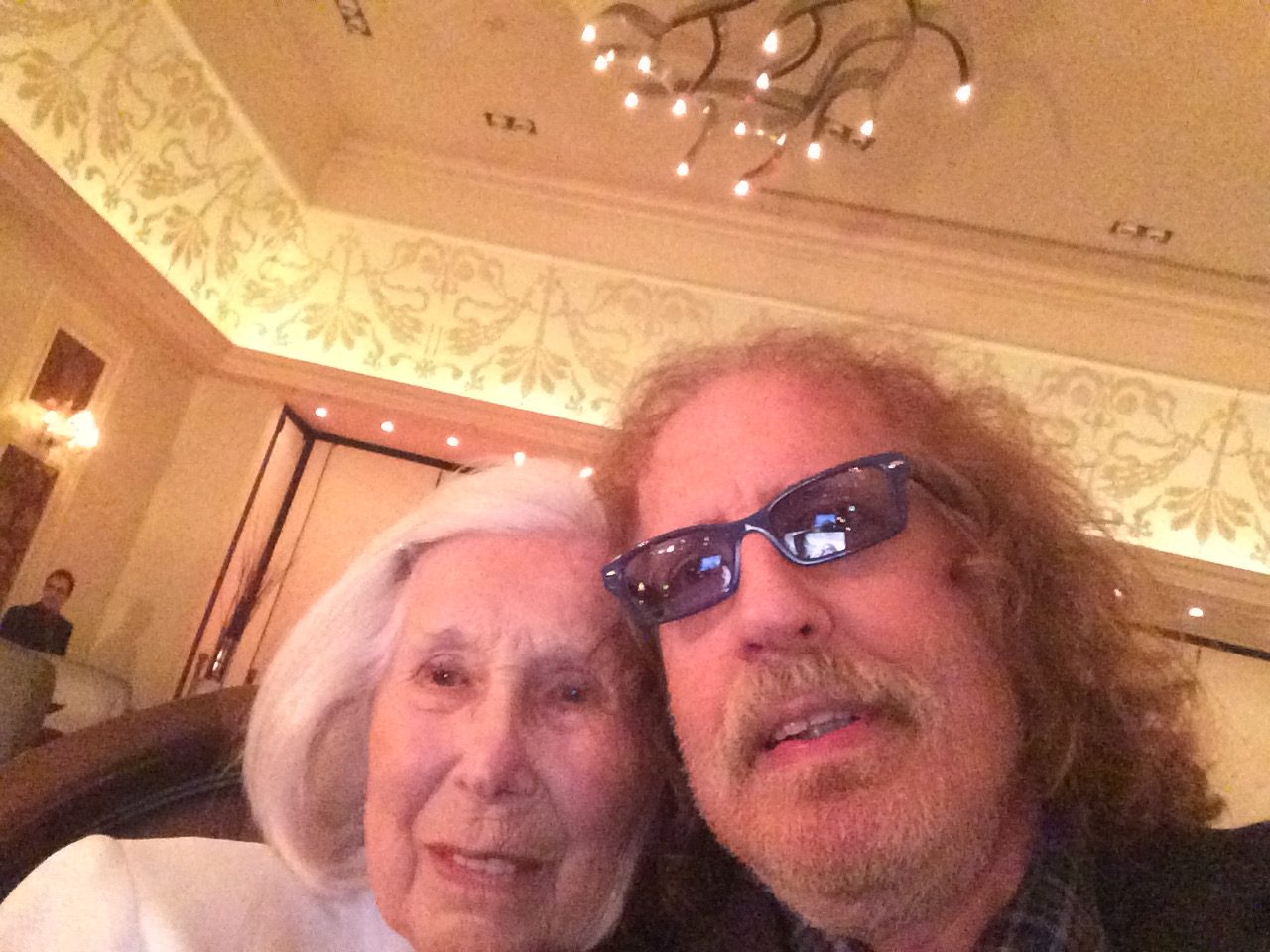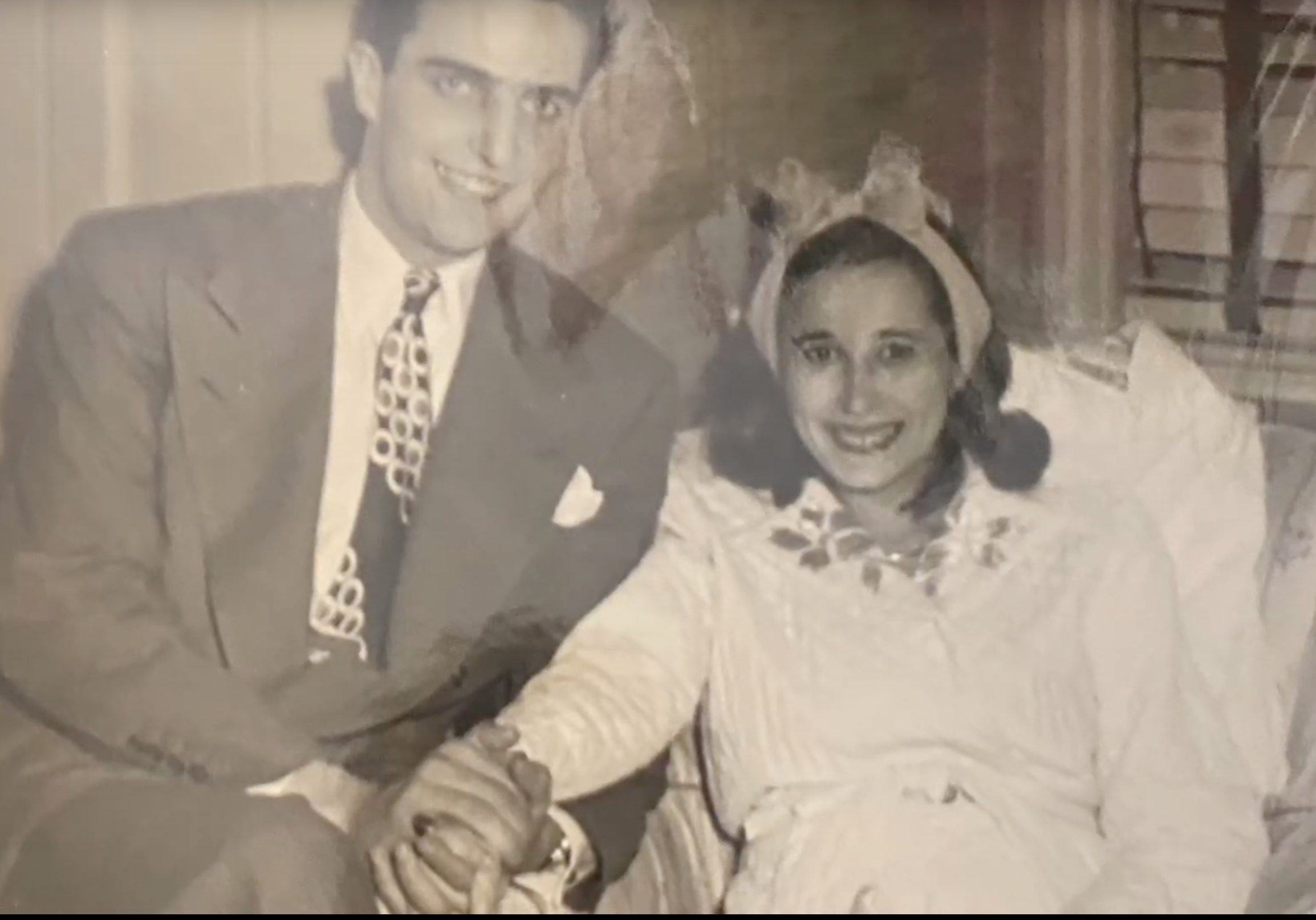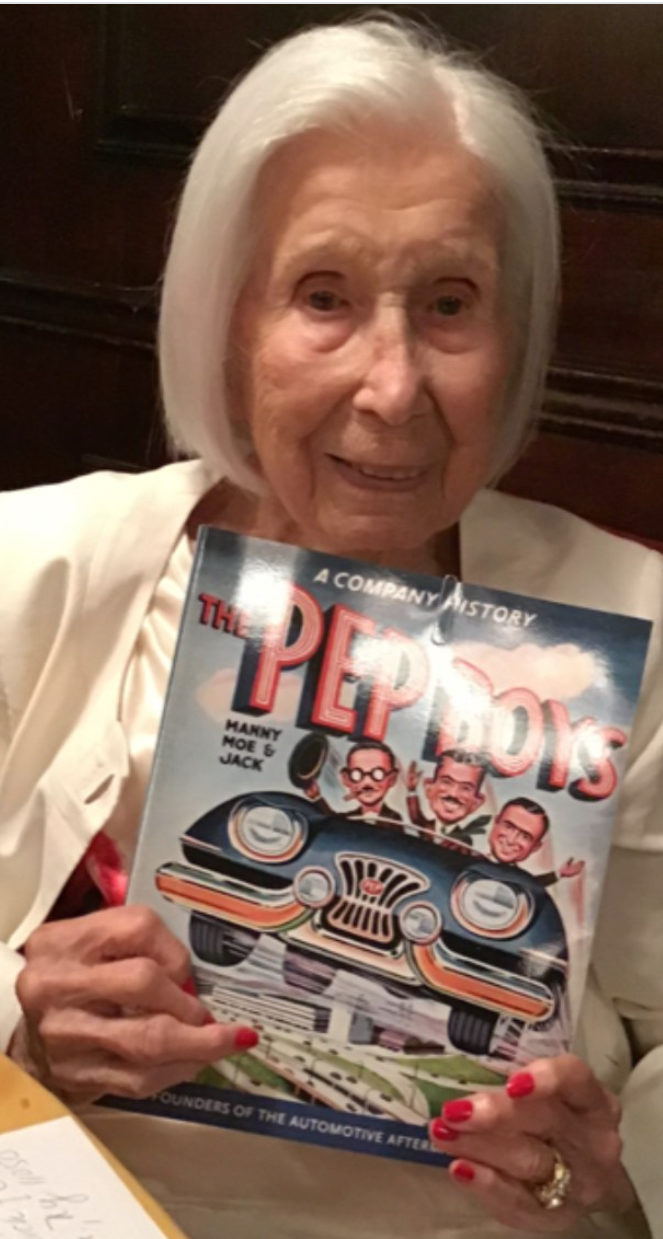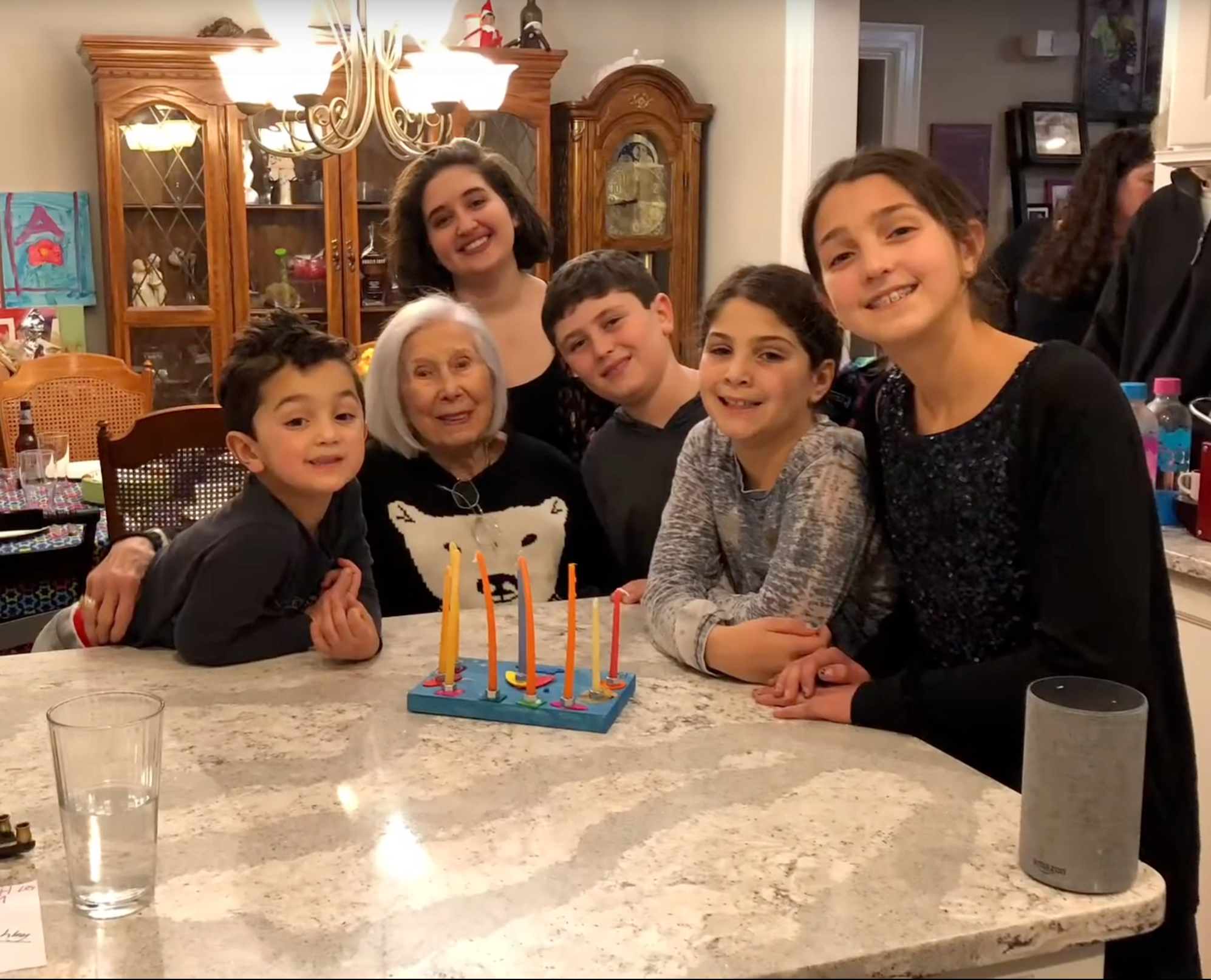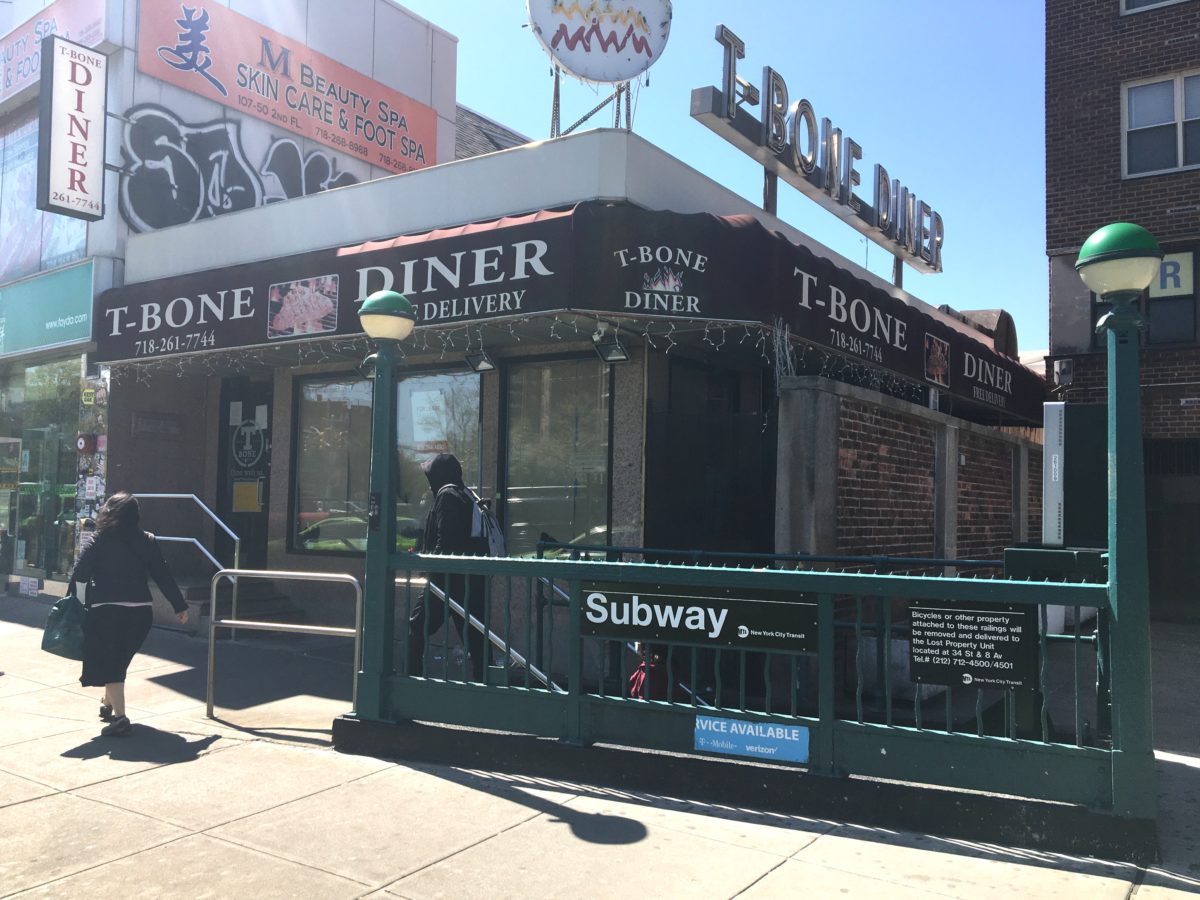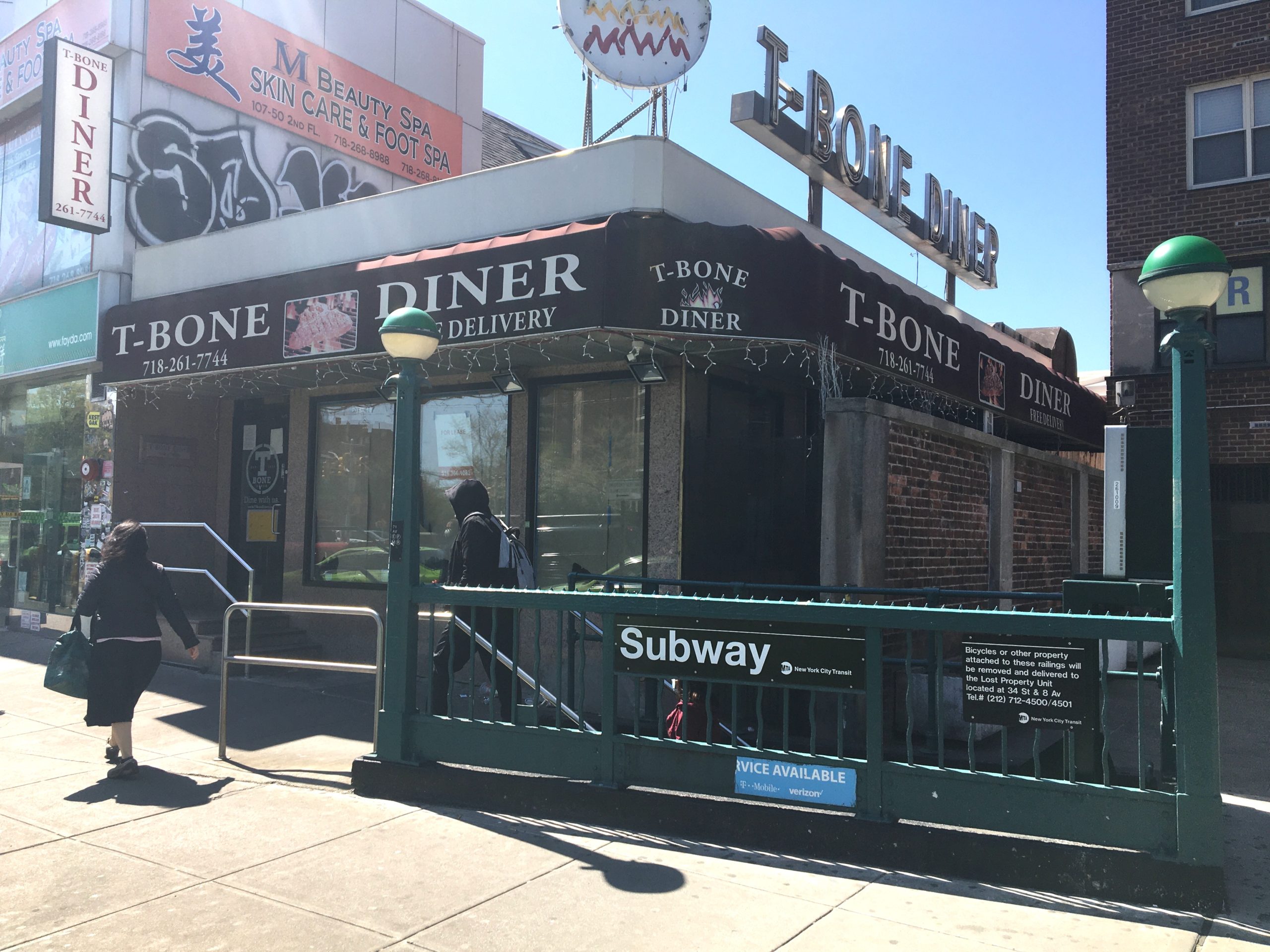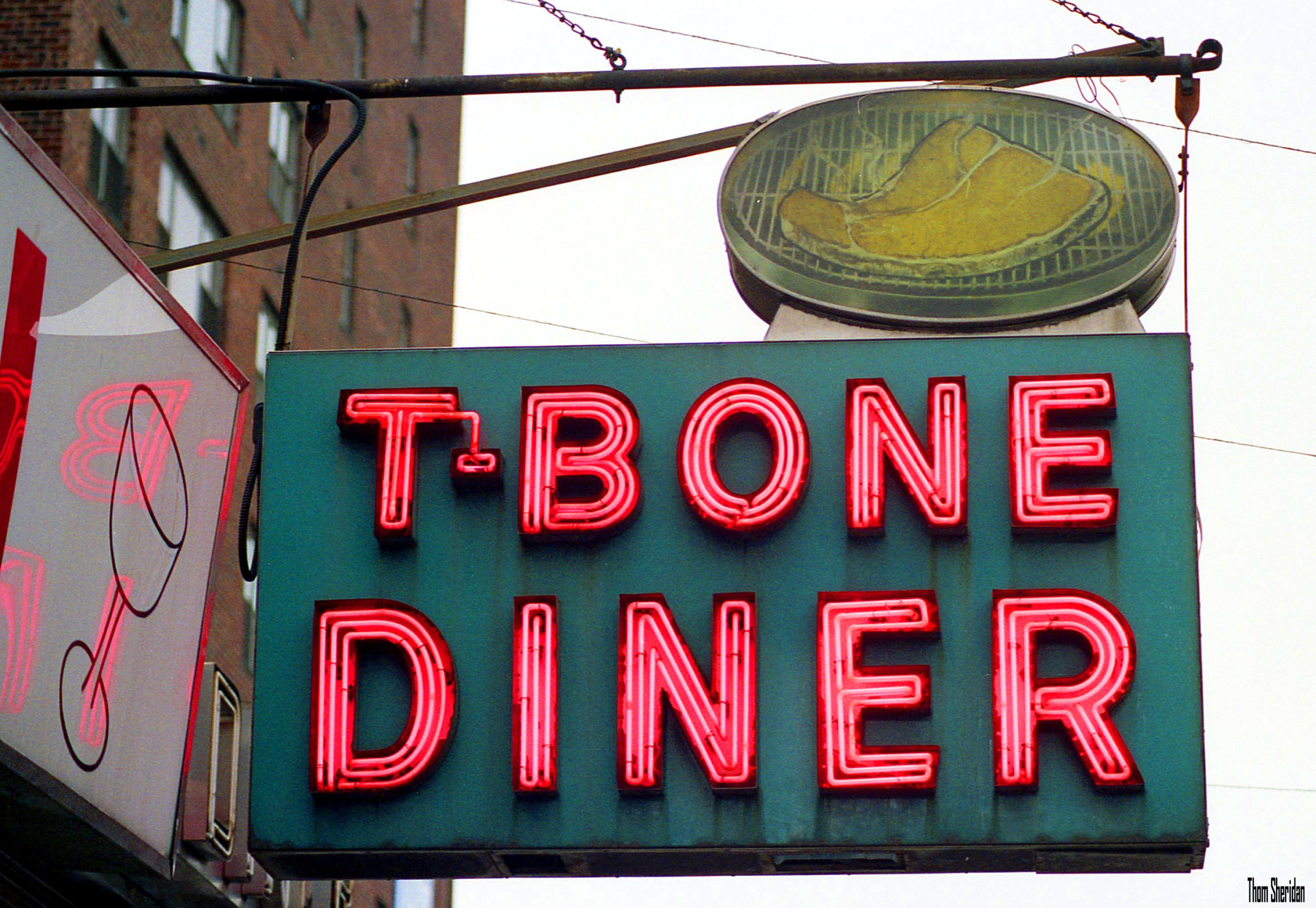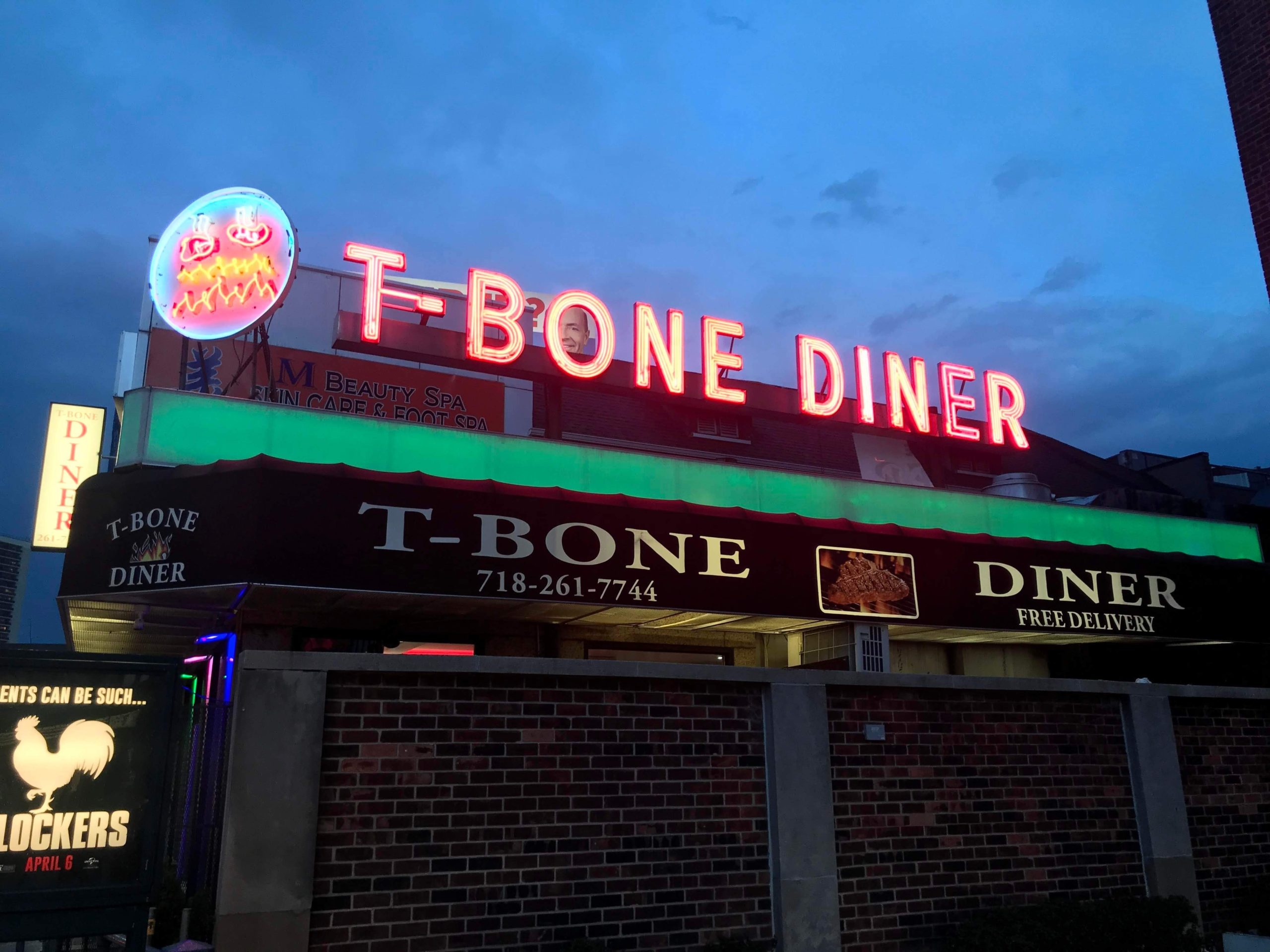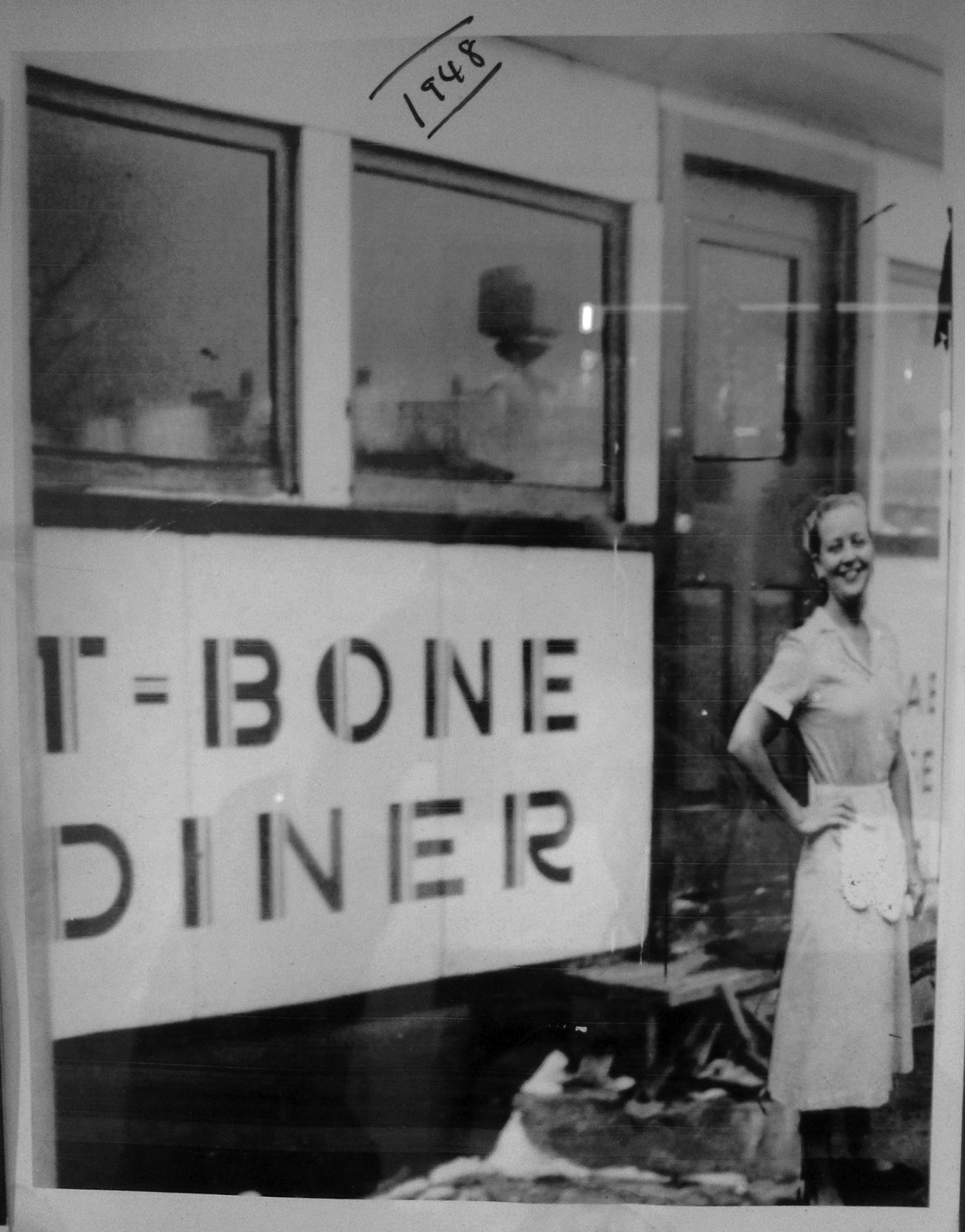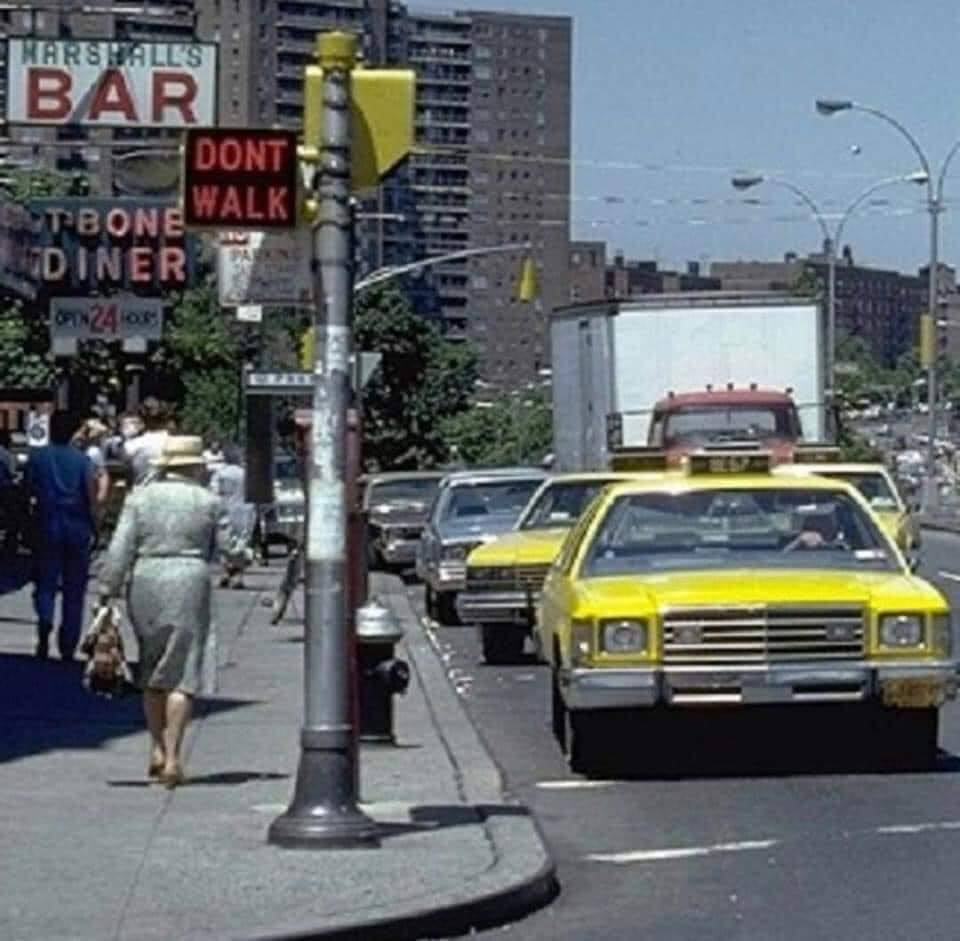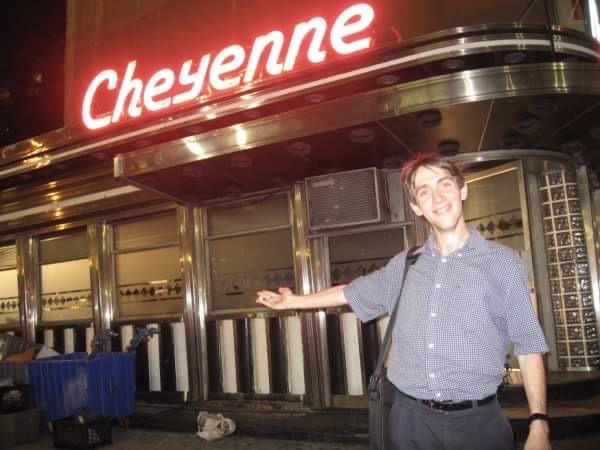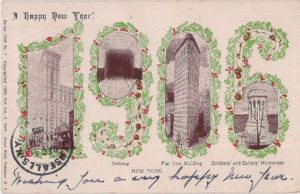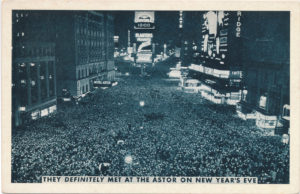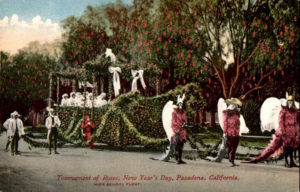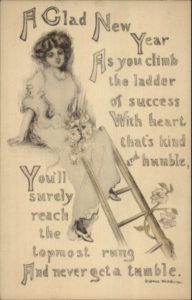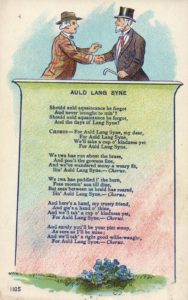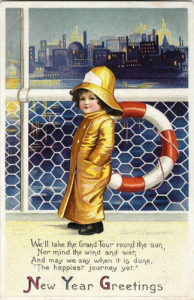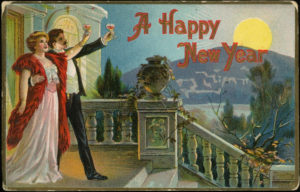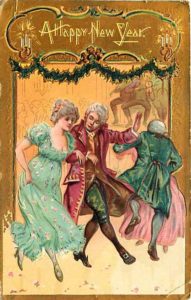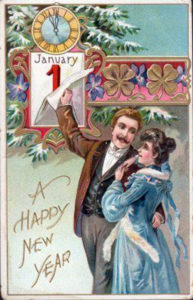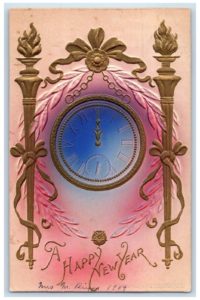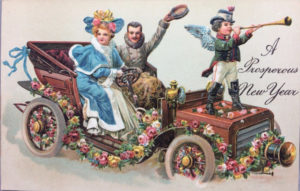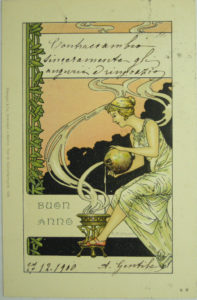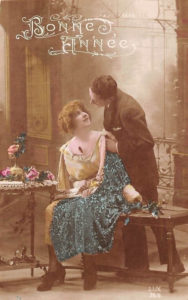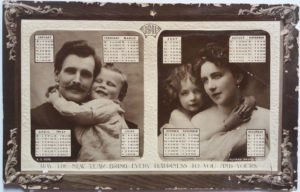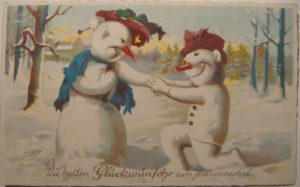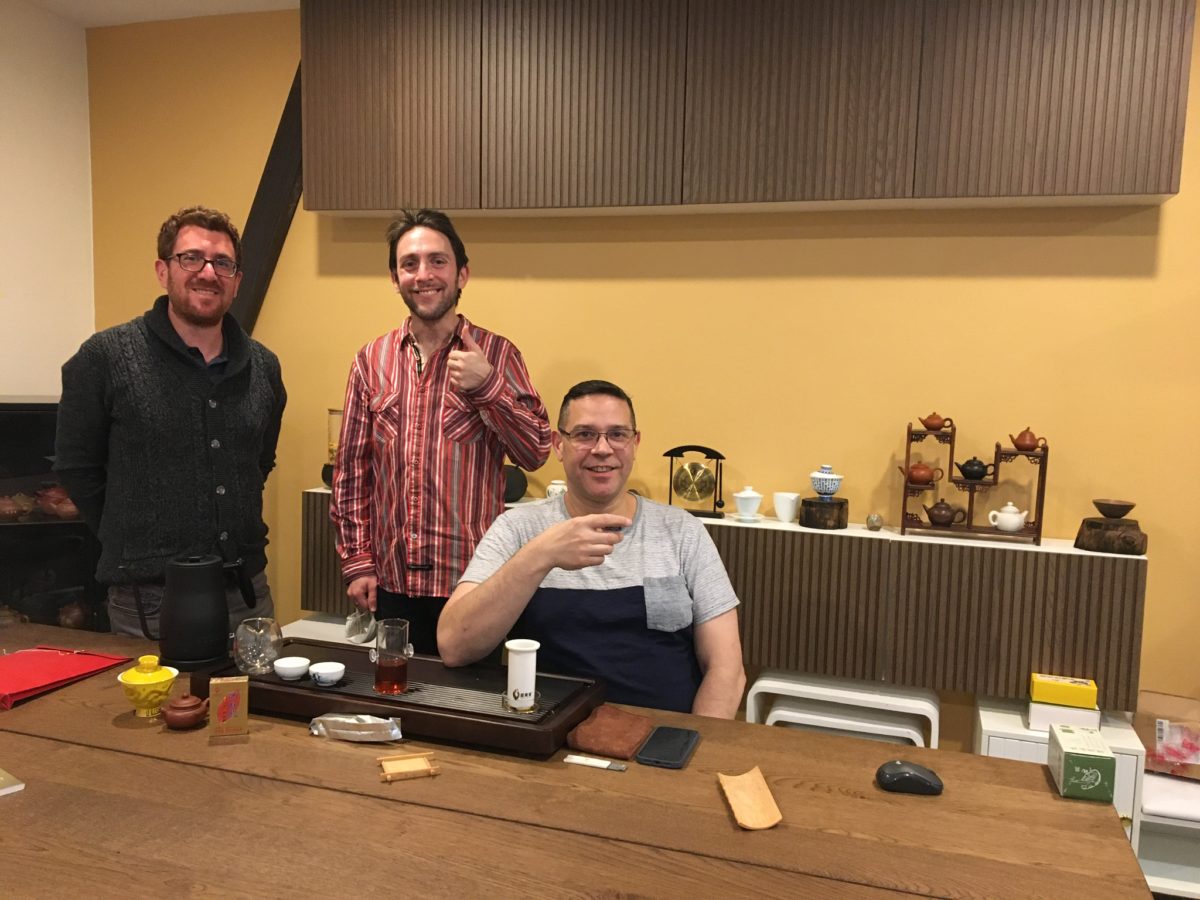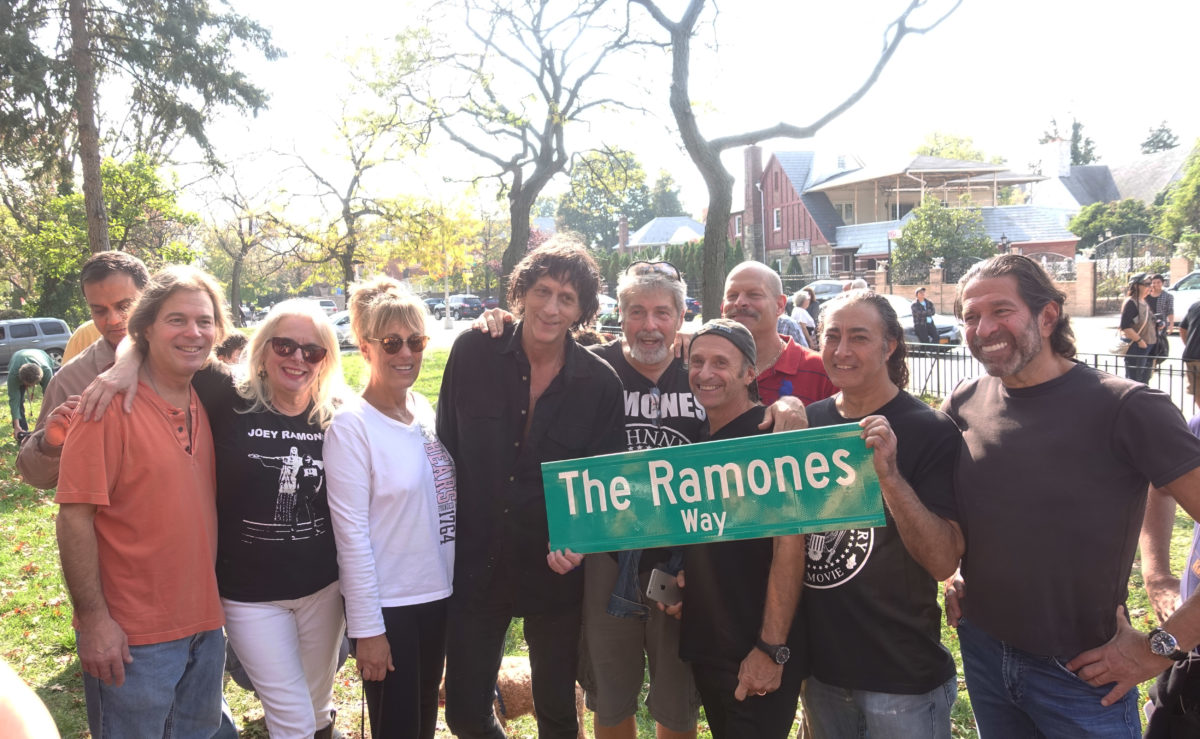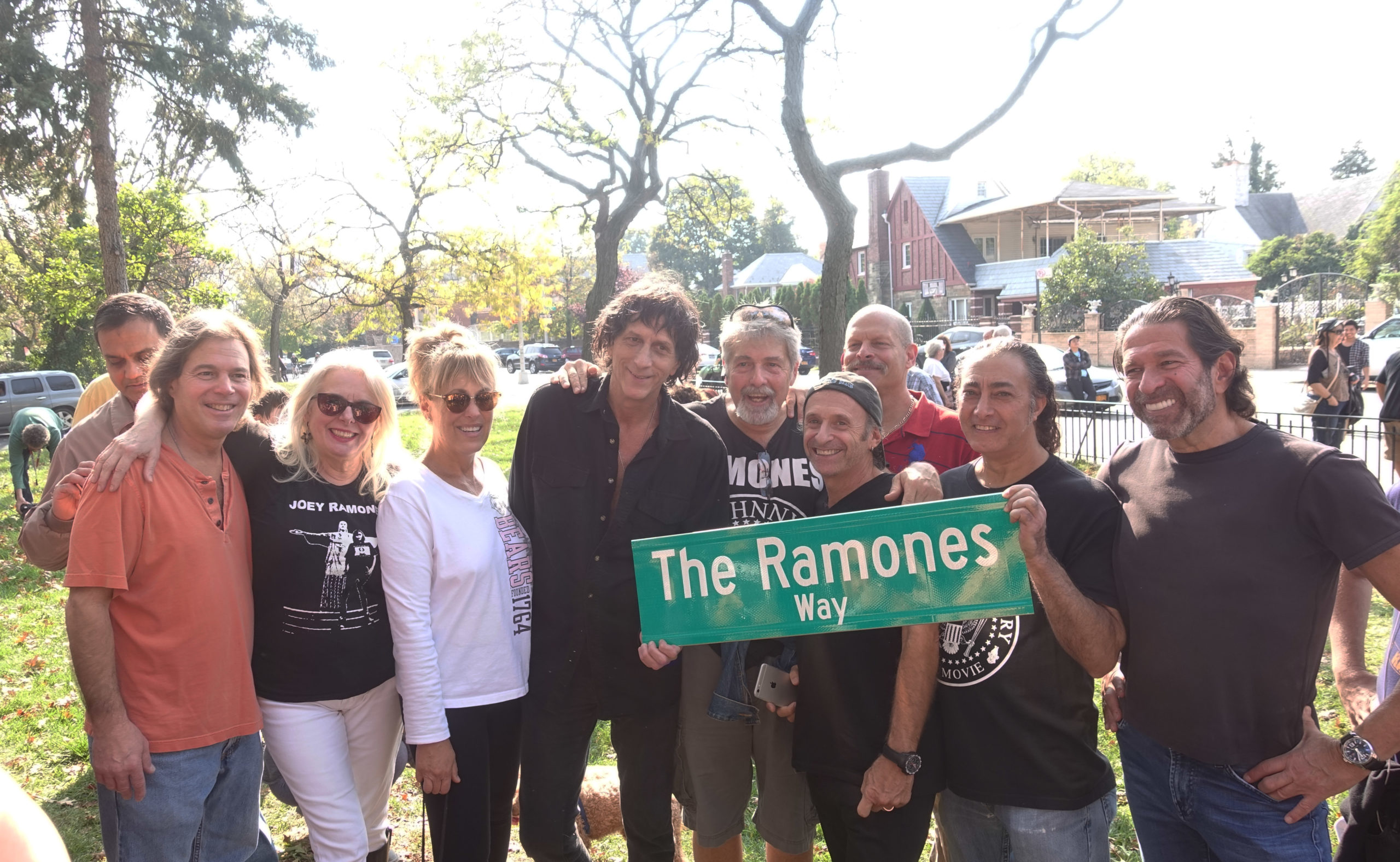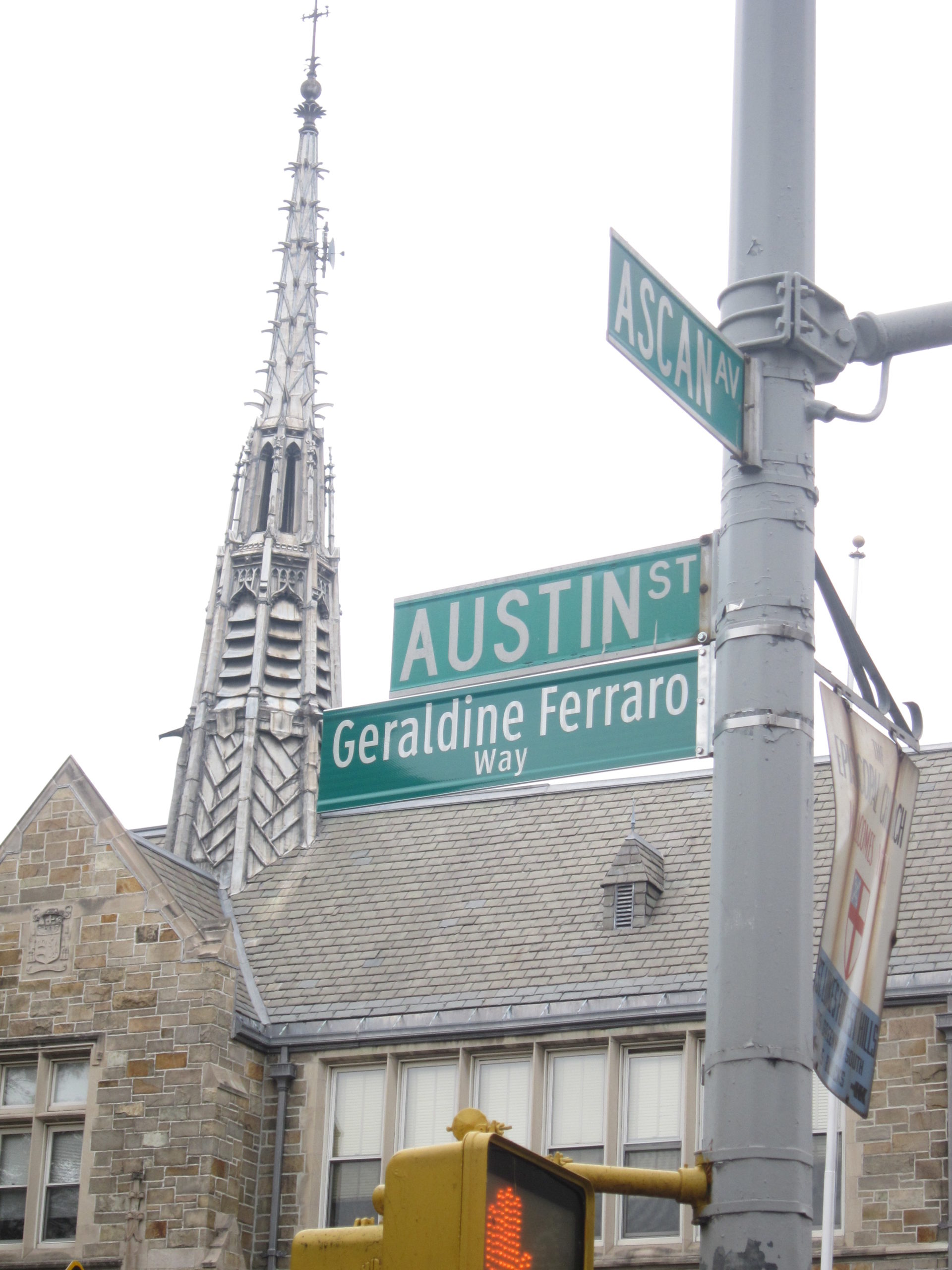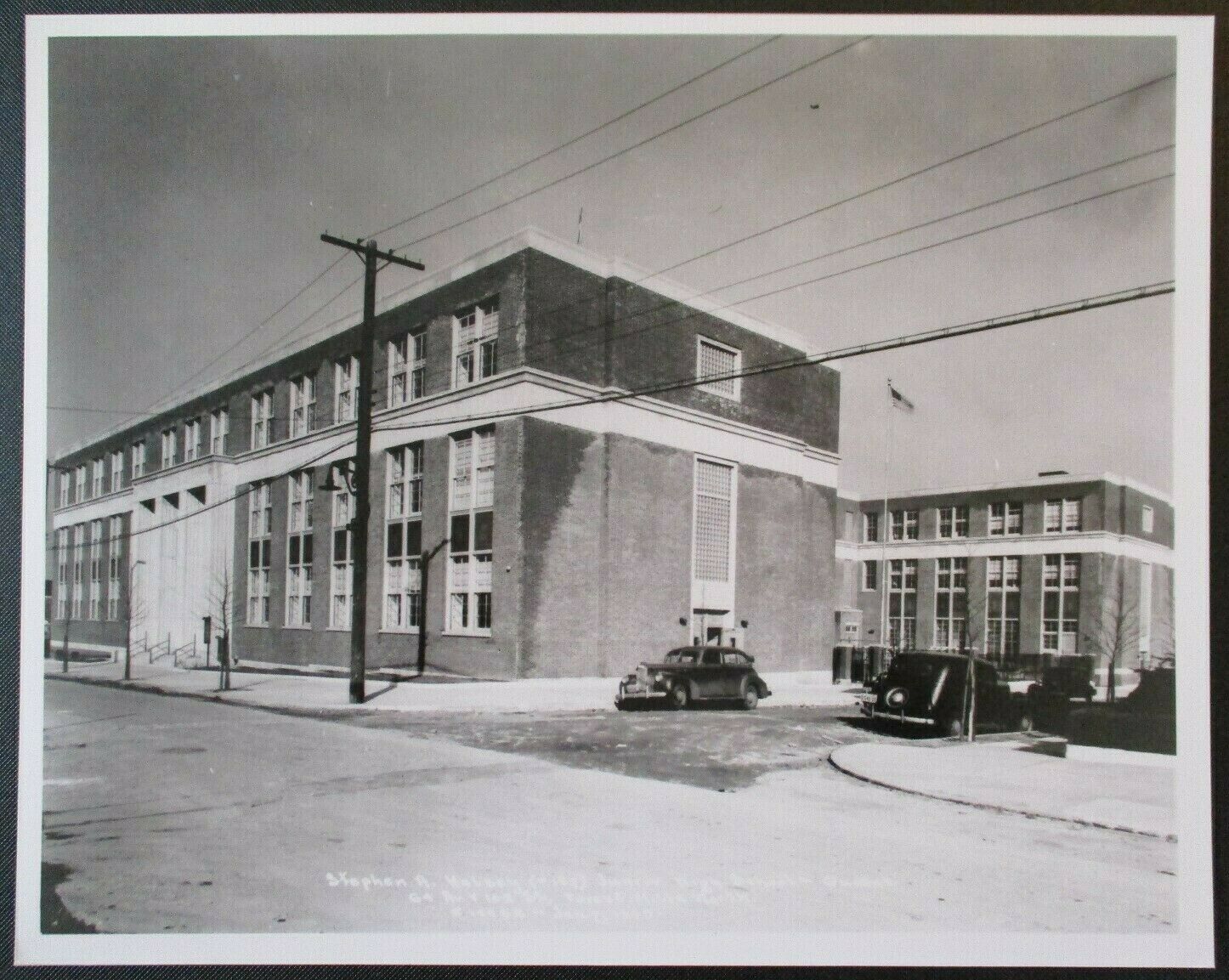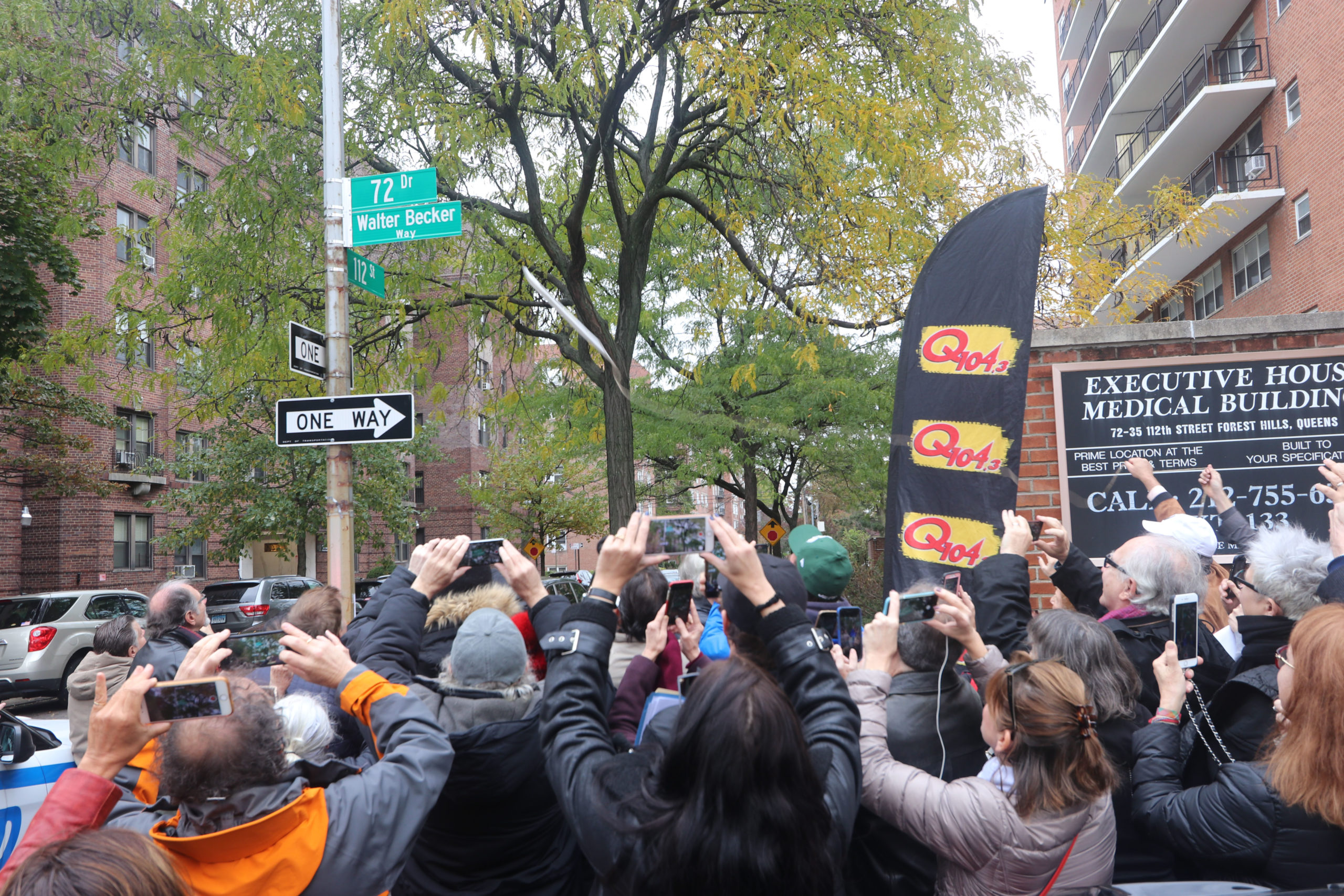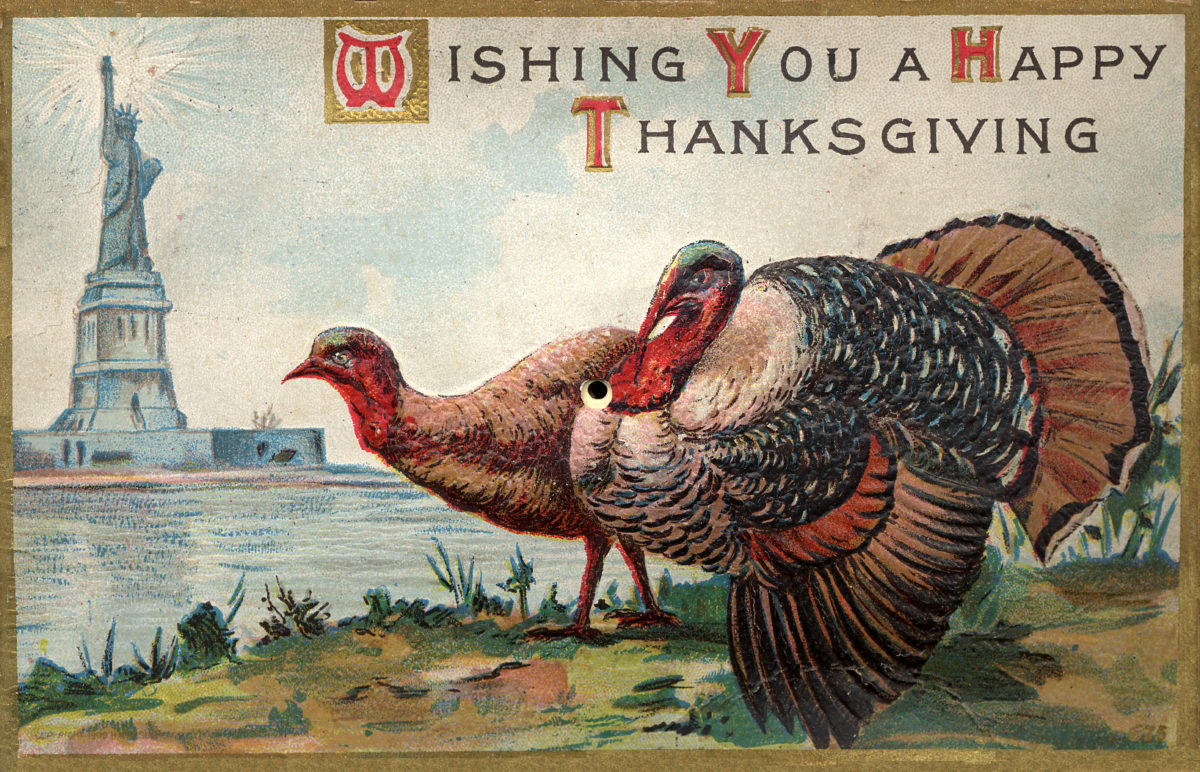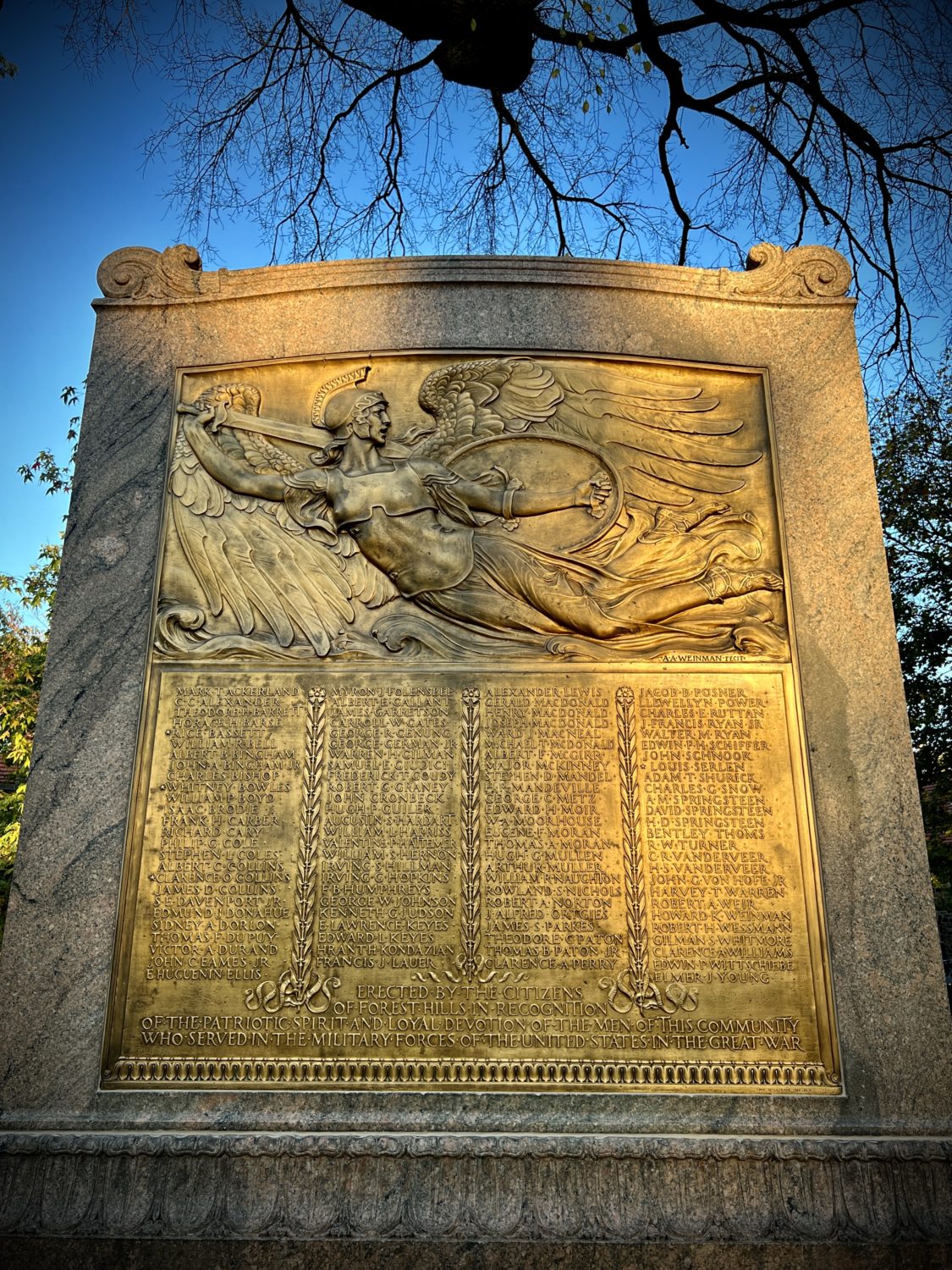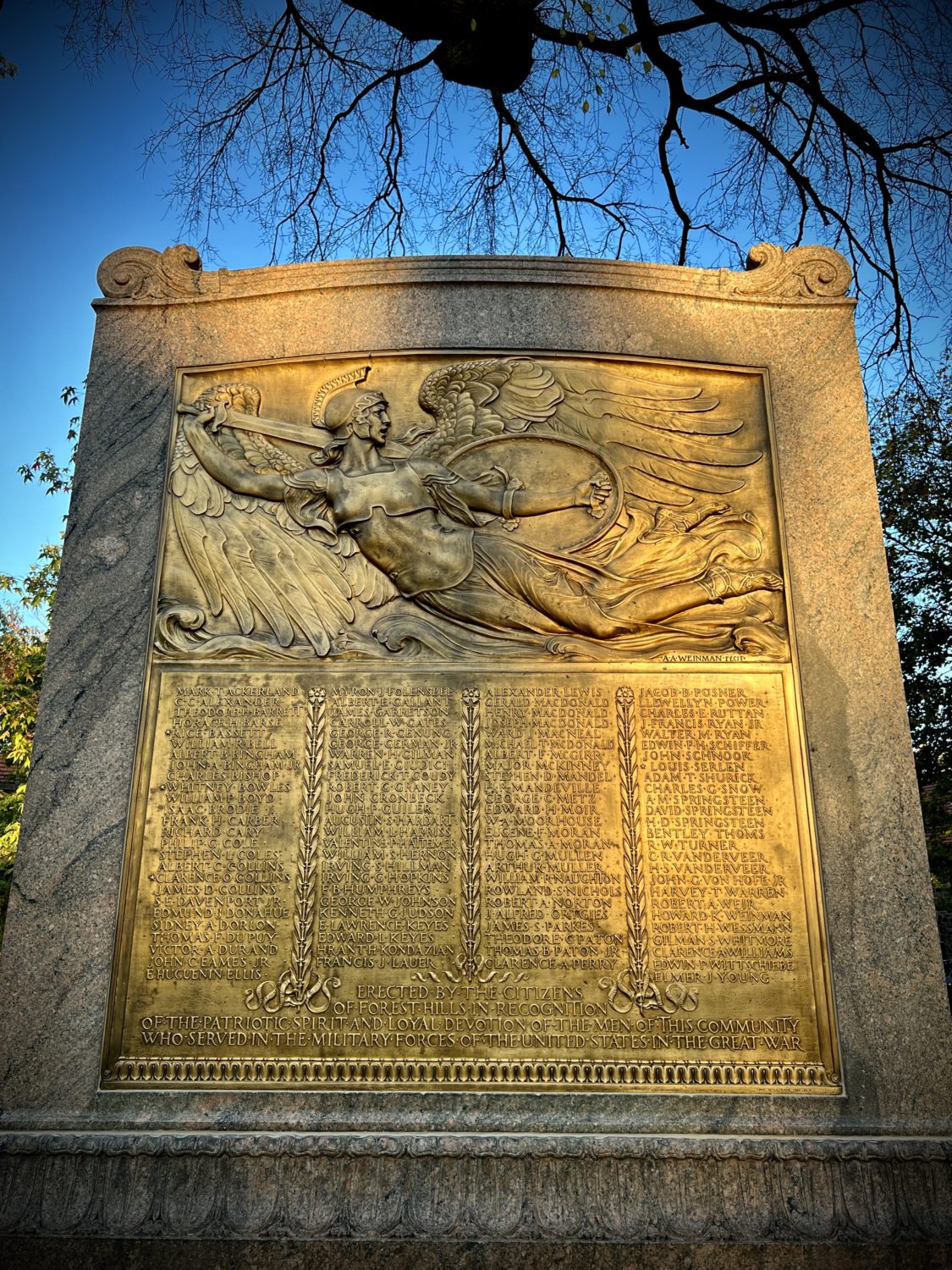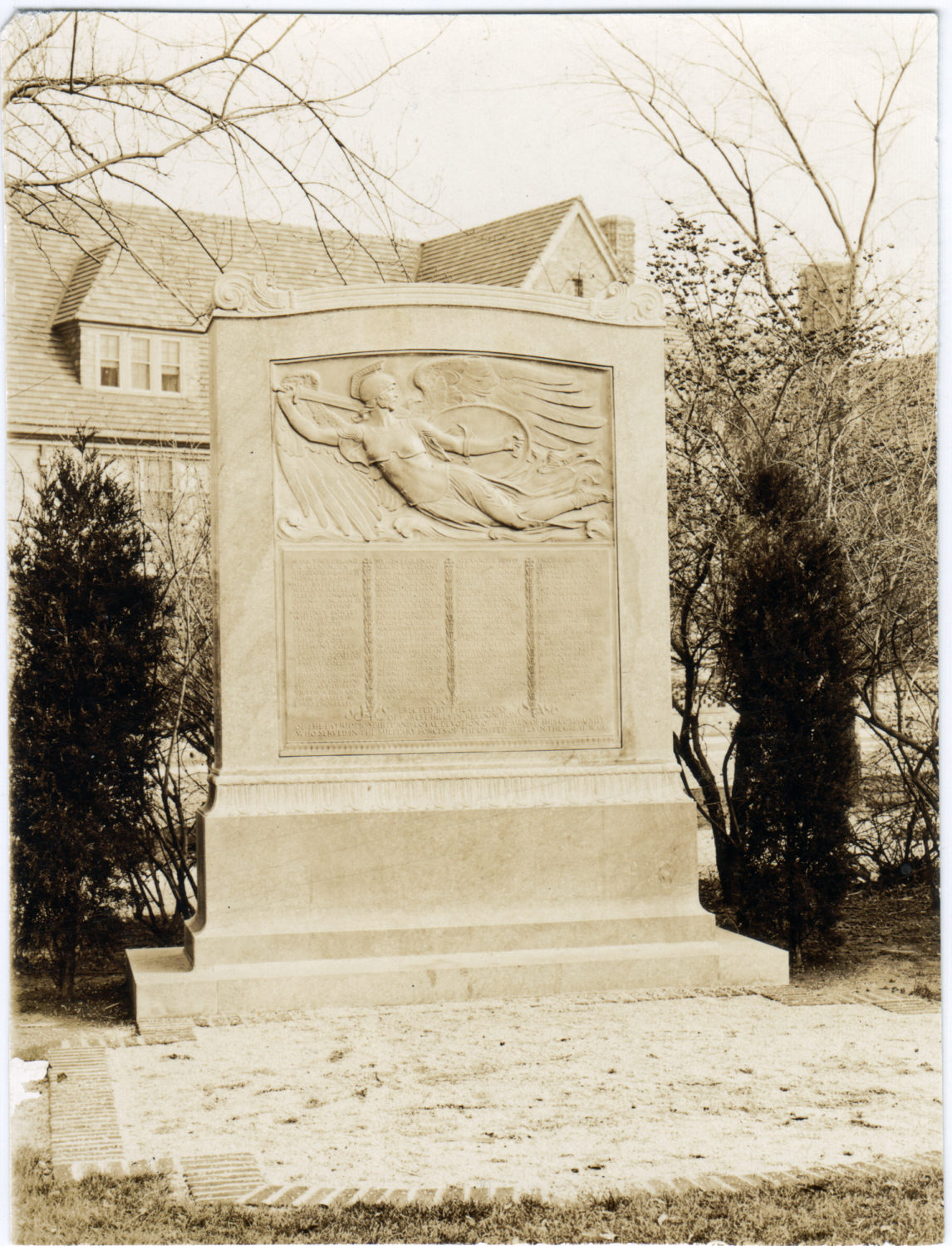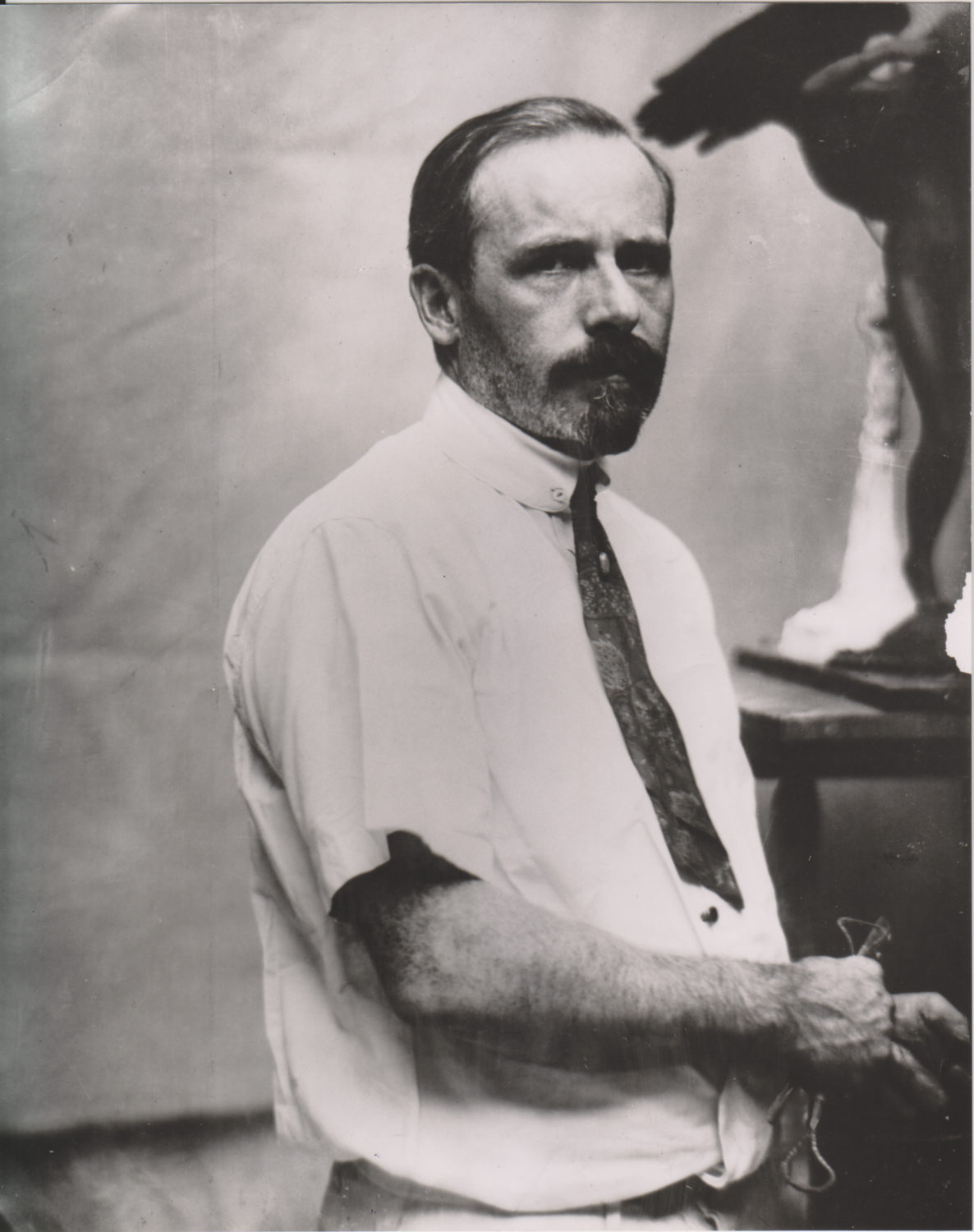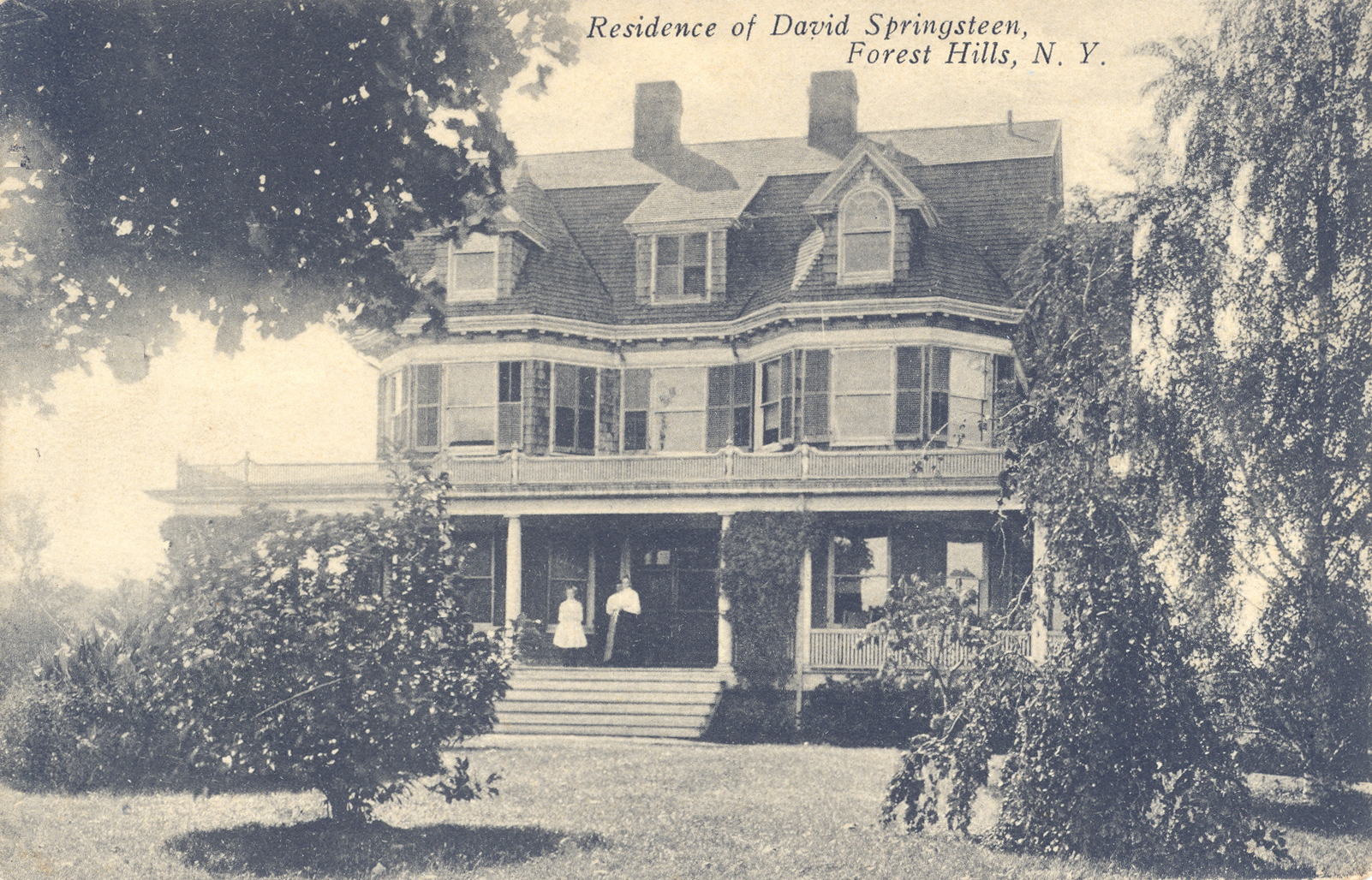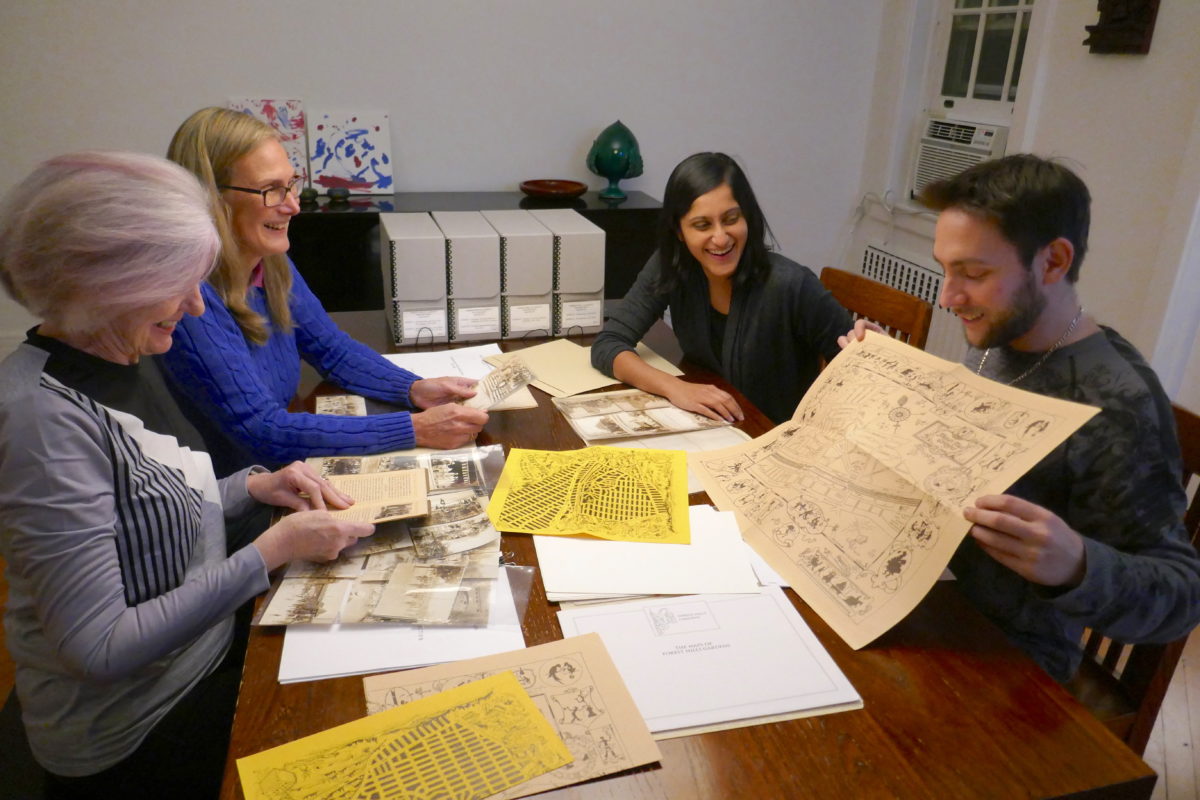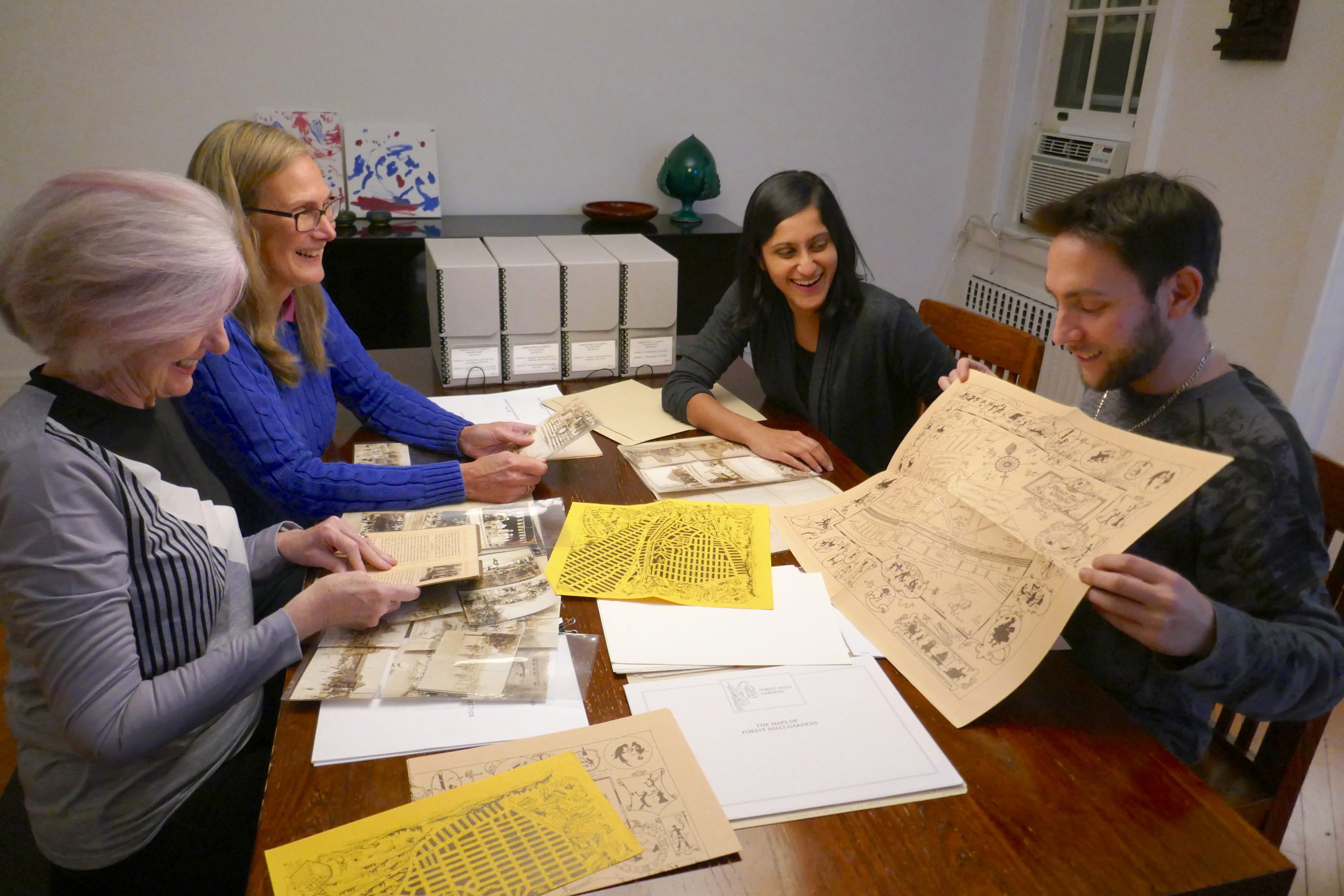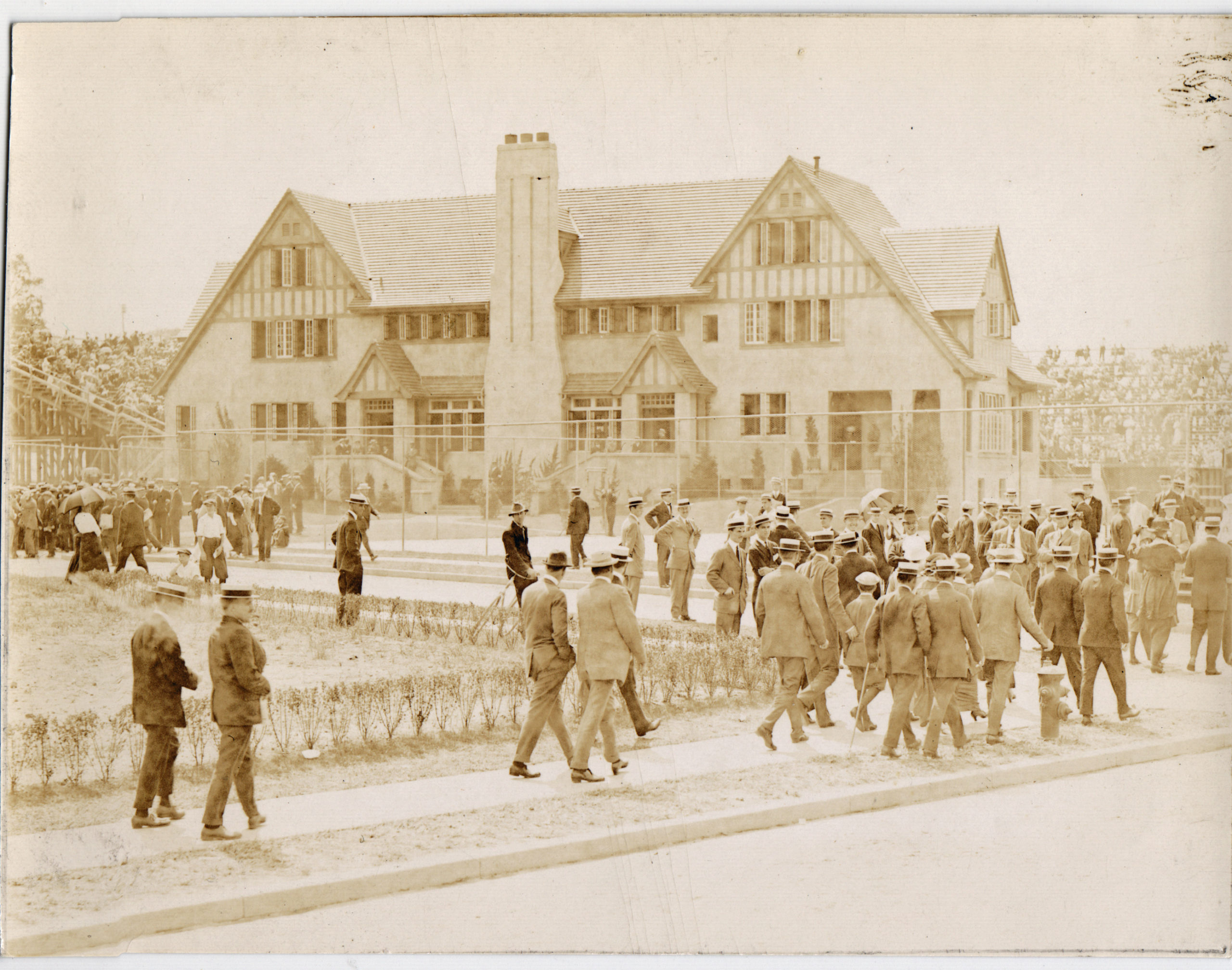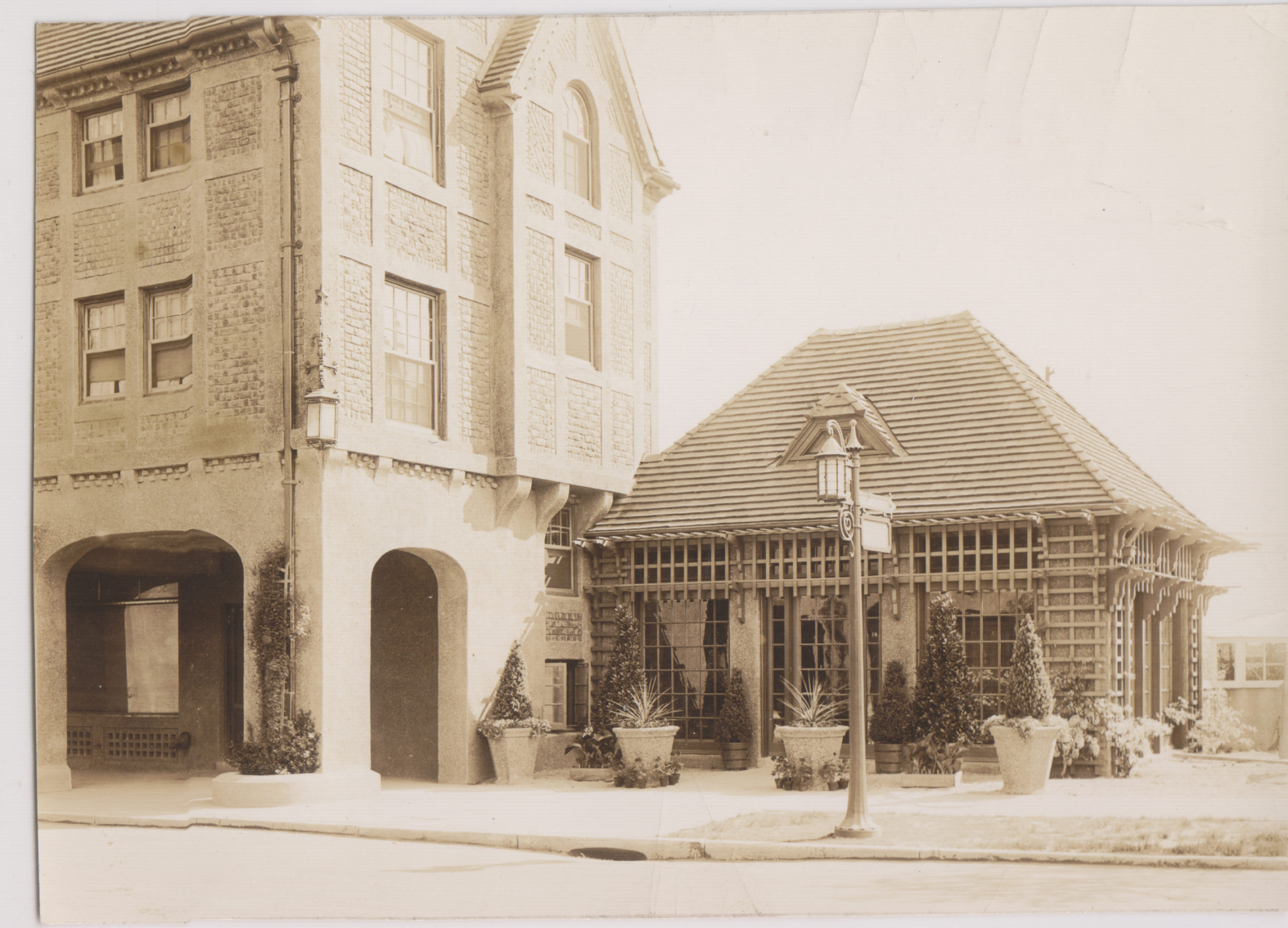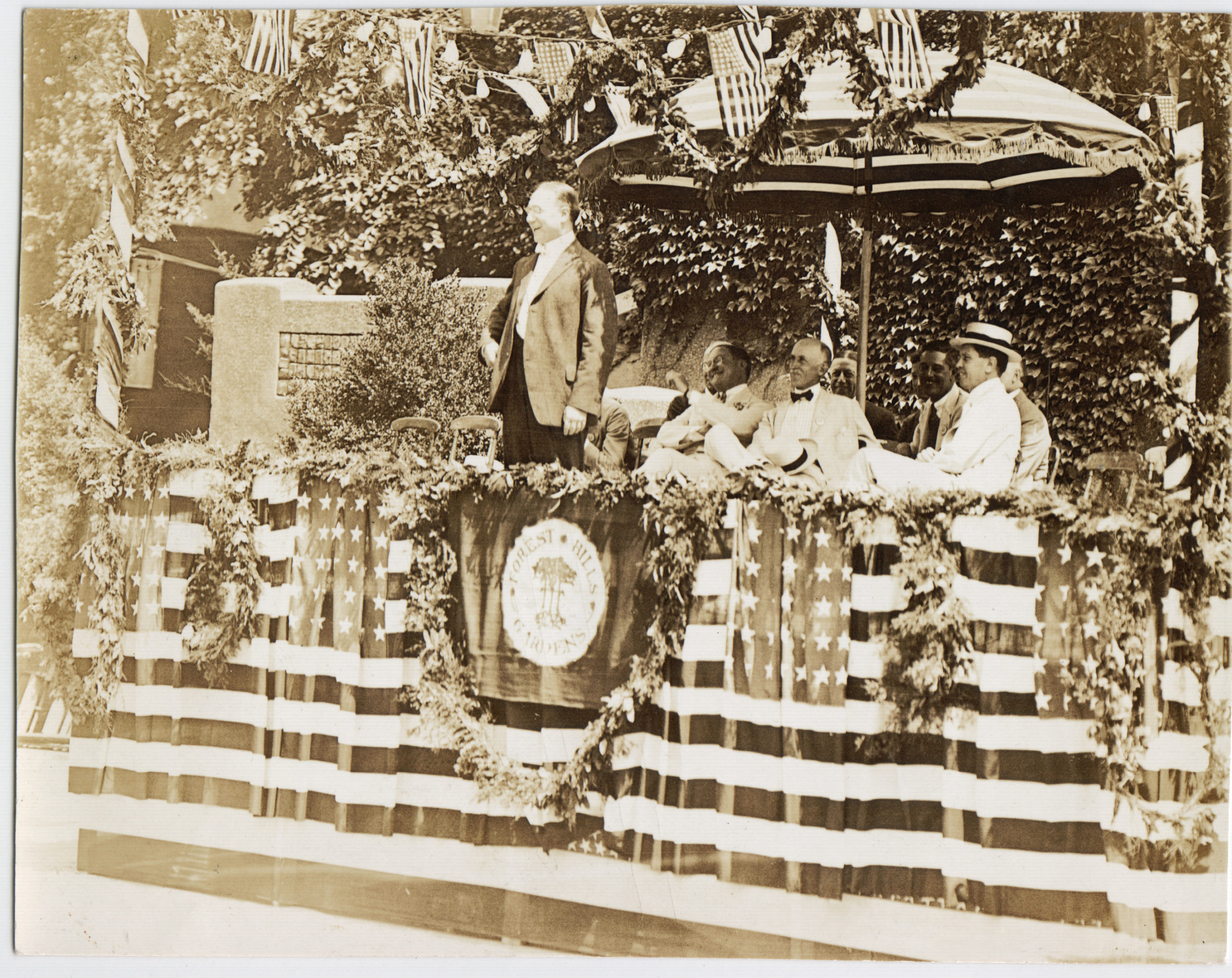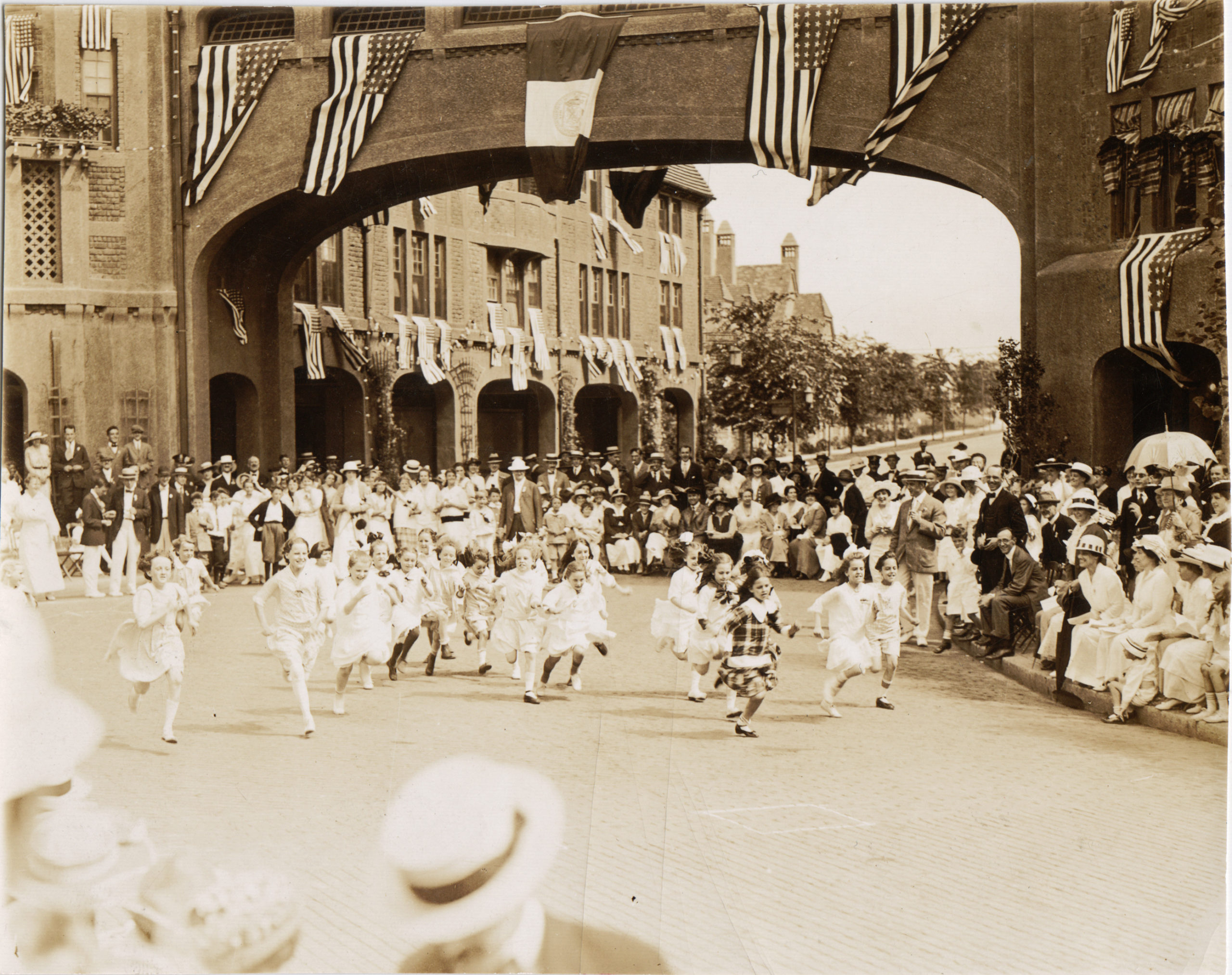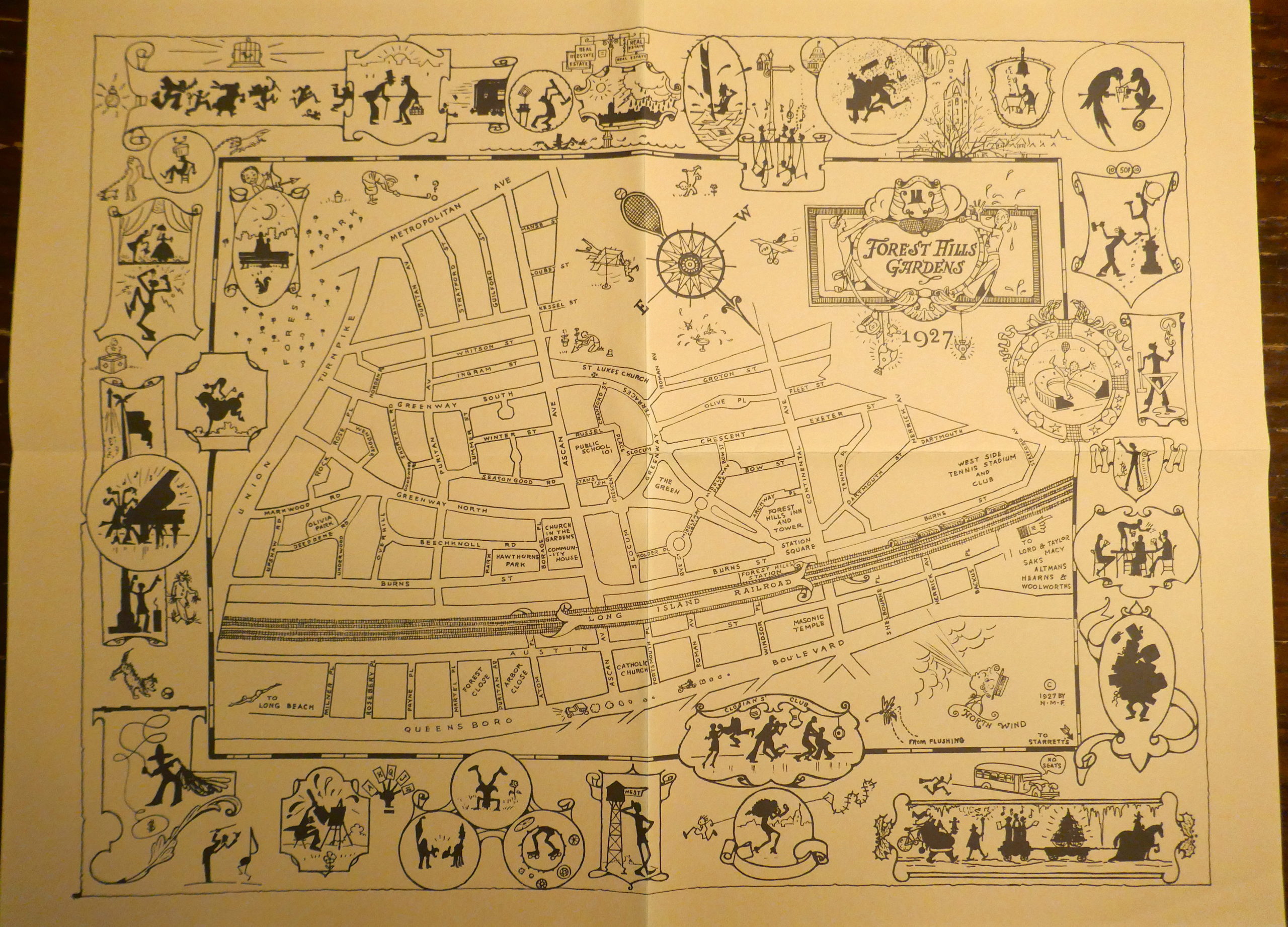Forest Hills tea club preserves tradition, envisions expansion
By Michael Perlman
mperlman@queensledger.com
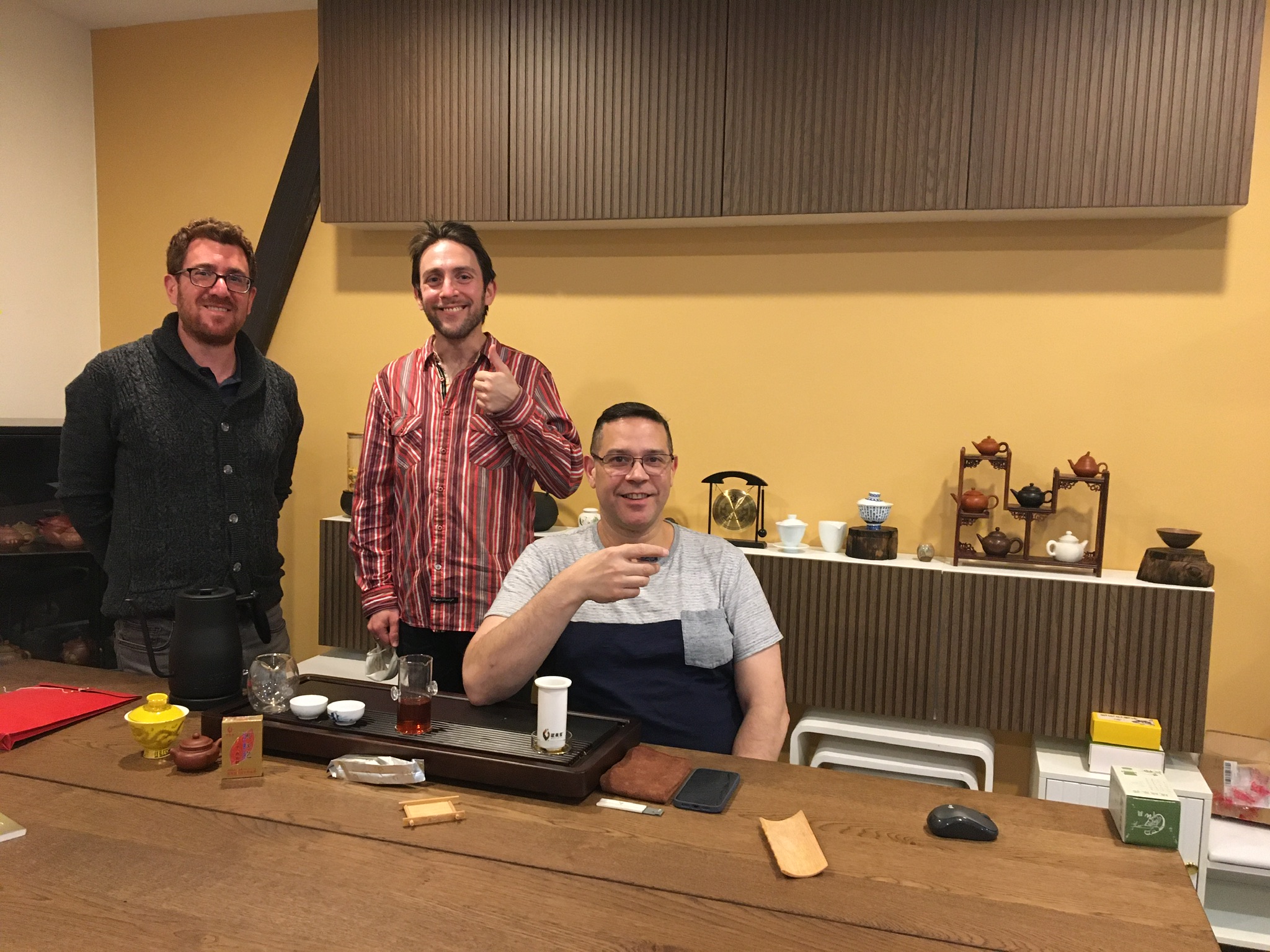
David Edelman, Michael Perlman and Roy Lamberty at the Forest Hills tea sanctuary.
The New York Tea Society (NYTS), which operates out of a Forest Hills tea studio, is creating a buzz around town.
Afterall, tea is the second most consumed drink worldwide.
The society’s mission is to “facilitate the gathering of tea enthusiasts for the purpose of promoting tastings, discussions and education about tea and tea culture.”
Gatherings are held every Sunday at 1 p.m. and on some Saturday evenings.
With an in-person meets virtual format, this non-profit organization attracts local, national and even international fans.
An intriguing lineup of events includes tea comparisons, water/vessel comparisons, outdoor tea, the Making Tea Workshop at Camellia Forest Nursery, Snug Harbor Scholar’s Garden and Spring Water Collecting.
“When you start learning about tea, you are brought into a never-ending journey consisting of history and culture,” said Forest Hills resident Roy Lamberty, founder and president of NYTS.
“Whether it’s geography or language, it’s all told through the story and practice of tea,” added David Edelman, an active NYTS member, also from Forest Hills. “The space resembles a sanctuary for tea. Every tea has a story, just like the people that attend. You never know who is going to show up to a tea session, whether it’s an overseas visitor or your next-door neighbor.”

Traditional pottery & NYTS members worldwide at the studio. Photo by Michael Perlman.
Looking ahead, Lamberty said, “One day I will most certainly open a tea house and would love for it to be in Queens.”
In Lamberty’s Forest Hills tea studio, he has 50 kilos of tea at any given time from all regions and categories, including green tea, yellow tea, white tea, oolong, dark tea and pu’er.
The sanctuary ambiance is also evident through nearly 50 yixing teapots, Jingdezhen porcelain gaiwan and vases and pewter canisters.
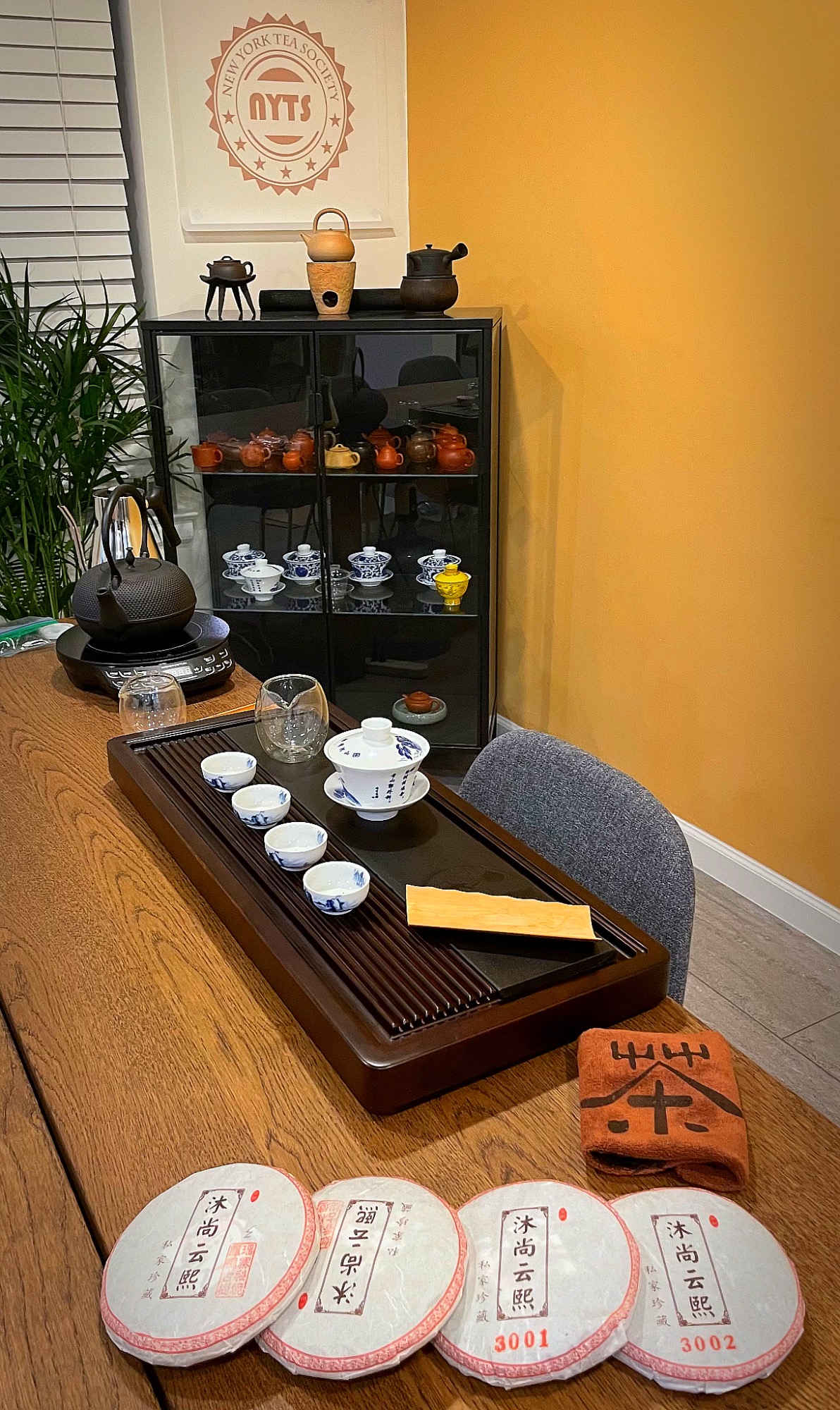
A unique display, courtesy of Roy Lamberty.
His culinary career spans over three decades. With much passion, he serves as director of food and beverage at Marriott Hotels, and also draws from his experience as executive chef of various hotels, a private NYC club and restaurants.
Edelman is a social studies teacher at Union Square Academy for Health Sciences in Manhattan, who takes his passion a step further by operating a tea club for his students. At the pandemic’s onset, he developed an interest in tea.
“I also like to introduce my students to unique teas,” he said. “I was looking for a new hobby that would serve as an intellectual and calming distraction from the chaos and fear.”
Lamberty pointed out that most members consider their tea friends more of a family than a club.
“We are a casual group who can get quite geeky about tea knowledge, while leaving plenty of time for getting to know each other,” he said.
There are over 700 members on www.newyorkteasociety.com and typically around 50 who participate in live sessions.
Most members are from the New York area, with the exception of members spanning the U.S.
“Our Virtual Tea Club was born during the pandemic, when the tea community only used an online format,” Lamberty continued.
Lamberty explained how he and tea became acquainted. “After traveling to China, I realized what a special role tea played in social settings. It united people from all paths of life; young, old, male, female, Chinese, Americans, etc. Upon returning to NYC, I quickly realized that this type of social activity was extremely rare, which is when I decided to form NYTS.”
As a sous chef in 1997, Lamberty’s chef assigned him the task of developing a recipe infused with tea, resulting in citrus Darjeeling red snapper.
“In my research to develop the recipe, I discovered that tea, when used skillfully, could play a central role in the culinary scene,” he said.
Since then, he developed other dishes, such as Lapsang Souchong braised beef shortribs, Gyokuro gravlax and hojicha ochazuke with quinoa, edamame and tofu.
His interest in Chinese teas originated in 2011, when a friend introduced him to aged pu’er.
“This is when I was bitten by the bug and began journeying down the never-ending path of gongfu tea,” he reminisced.
With every gathering, Tea Society guests never know which teas they will encounter, in addition to uncovering their history.
Over a week ago, it was heicha, post-fermented teas from various regions in China.
Edelman explained, “Over two weeks ago, Roy brewed the same tea in different styles of teapots to assess a difference. One of the pots was recovered from a tomb and buried during the Ming Dynasty. Sometimes we do blind taste tests of different teas of either the same style or from a different age. There is a lot of experimentation and whimsicalness.”
Most often, at least three different types of tea are sampled.
Edelman explained, “Roy often prepares and serves the teas, but guests are also encouraged. We sit in a circle and often enjoy tea in the Chinese gongfu style of preparation, using a small gaiwan or clay pot for preparation to drink multiple infusions of a tea, to appreciate how it changes over the brewing cycle.”
Teas are also served in other styles, such as in a traditional East Frisian style with cream and rock sugar.
Lamberty and Edelman pinpointed their favorite teas.
“I have come to love pu’er tea because of its ability to change in flavor, aroma and texture from year to year. Additionally, it’s due to the very special feeling known as ‘chaqi,’ derived from pu’er, harvested from ancient trees,” Lamberty said.
Edelman’s favorite tea is Da Hong Pao. “It’s a semi-oxidized oolong tea grown in the Wuyishan Mountains of Fujian, China. The taste is described in Chinese as ‘yen yun’ or rock rhyme. It’s super rich in minerals, since the soil is rocky, and tastes like cherries, leather and brown sugar.”
The society’s website features an intricate tea timeline, as far back as 6,000 B.C.
Lamberty explained what he considers to be the most amazing story in the tea world.
“It’s the story of Robert Fortune, who the British sent into China disguised as a Chinese aristocrat to steal the secrets of cultivating tea. This is where Darjeeling tea is derived from. The full story is told in, ‘For All the Tea in China’ by Sarah Rose.”
Another highlight occurred in the year 729. The timeline reads, “The Japanese emperor Shomu serves Chinese tea to visiting monks. The monks are inspired by the tea and decide to grow it in Japan. The monk Gyoki dedicates his entire life to the cultivation of tea in Japan, during which he built 49 temples, each with a tea garden.”
Jumping to 1707, Thomas Twining placed tea on the menu at his London coffeehouse, and then converted it in 1717 to the first tea shop, “The Golden Lyon,” which became the first place for women to meet and socialize publicly.
In 1880, Thomas Lipton purchased plantations in Ceylon and introduced Lipton tea with a slogan, “Direct from the tea gardens to the teapot.”
The paper tea bag is taken for granted, but that luxury originated in 1953 by Tetley tea Company, setting a norm worldwide.
Today, over 2.5 million teas are grown and produced in greater than 40 countries.
The culture of tea drinking and its accessibility was captured in late 19th century trade cards, featuring detailed lithograph style illustrations and text.
One standout from 1884 represented the Consumers Importing Tea Company at 8 Church Street in Manhattan. “It’s not surprising that it markets the teas as pure, since there was concern, similar to today. The styles of tea mentioned can all be sampled today, along with new styles and cultivars. Experimentation is a never-ending practice,” Edelman said.
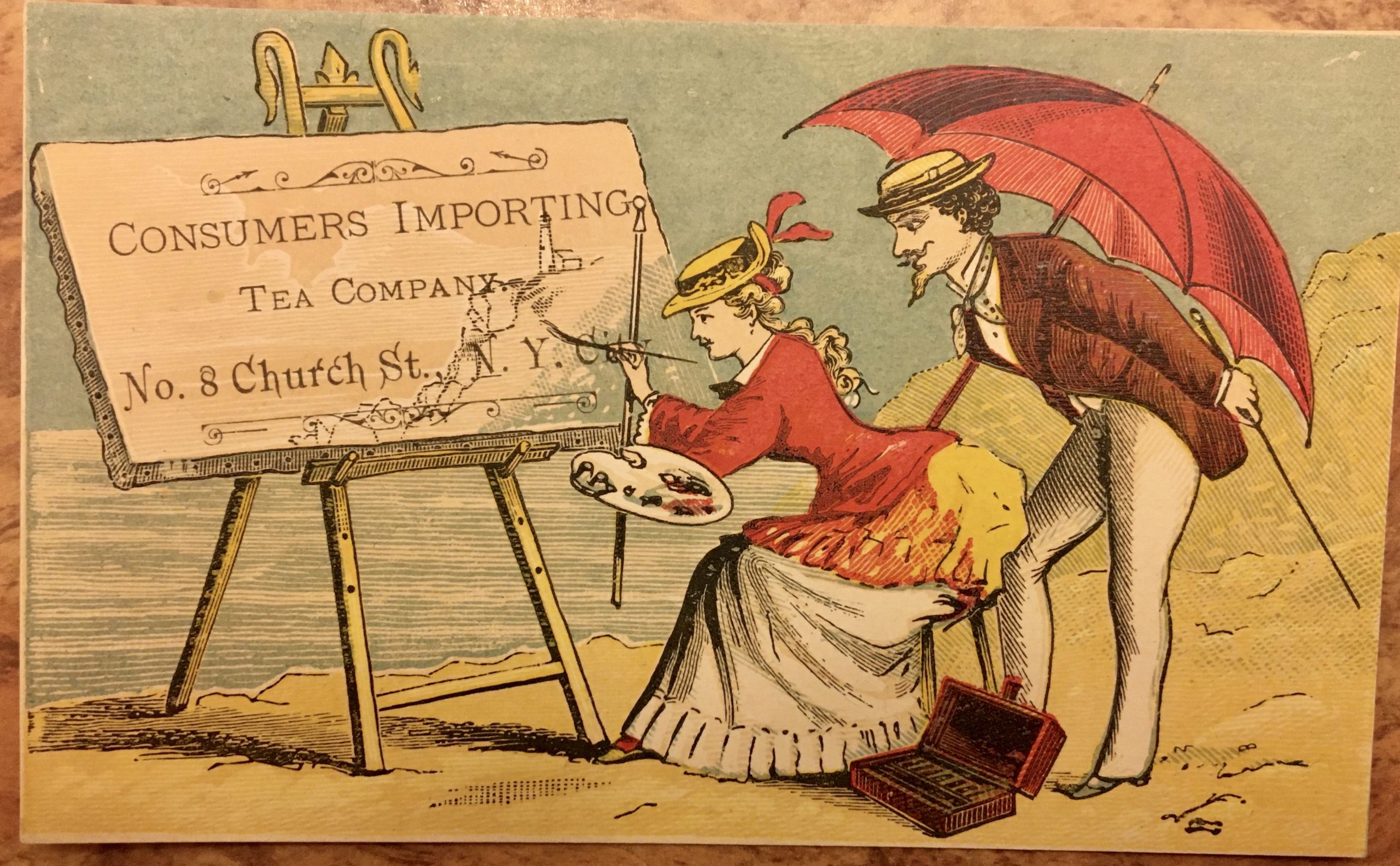
Consumers Importing Tea Company trade card, 1884. Courtesy of Michael Perlman’s collection.
A wide range of benefits is associated with tea.
Lamberty explained, “To prepare gongfu tea requires that you separate from the bustling world around you and enjoy the moment. After your meditative moment, you can experience the alert calmness brought on by the combination of caffeine and L-theanine. Some teas are loaded with antioxidants and will eliminate toxins.”
Edelman calls tea an all-around healthy drink and highlighted heicha, which is scientifically associated with weight loss.
Nestled behind Jade Eatery in Forest Hills Gardens is the long-forgotten Tea Garden, awaiting restoration.
It was designed by prominent architect Grosvenor Atterbury and notable landscape architect Frederick Law Olmsted, Jr. in 1912, coinciding with the Forest Hills Inn.
Both Lamberty and Edelman envision joining forces with Jade’s owner, Kumar.
“Offering Gongfu tea tasting sessions in a historical tea garden would be a perfect setting. It would be filled with historical and mythological stories, which would amaze guests,” Lamberty said.
Edelman continued, “Our neighborhood’s history and culture lies dormant and often hidden in plain sight. We need to find ways to educate the public, as well as reestablish the sense of pride and community that existed not too long ago. Restoring the Tea Garden would add another treasure, on par with Eddie’s Sweet Shop and Forest Hills Stadium’s rebirth.”
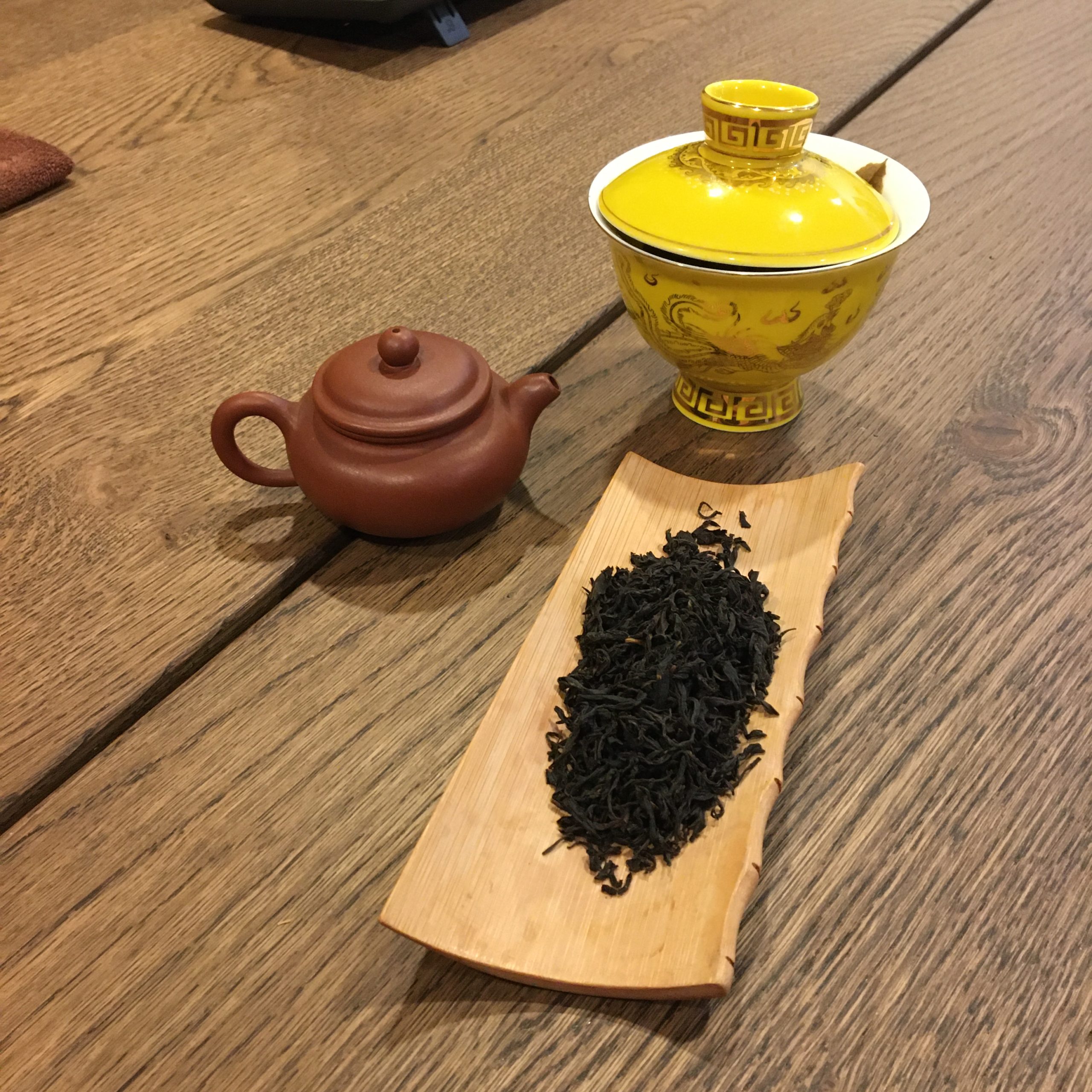
Tradition at NYTS. Photo by Michael Perlman
The society continues to gain fans.
“I am pleased to learn that the New York Tea Society is based in Forest Hills, and look forward to sharing the good news with friends,” said Belén Mendoza, who became passionately acquainted with tea during cafe study sessions with a dear college friend. “I relished the relaxing and uplifting elements of a steaming cup of tea, prepared to perfection. I wish the society wonderful success in reaching avid tea lovers, near and far, and I would love to attend a tea time event.”
Alexandra Shambhavi Stutman admires the sacredness of tea and “Tea Time,” which her yoga teacher from Japan introduced her to.
She recalled their quote, “Tea is liquid meditation.”
“From the moment you prepare the herbs, pour hot water, stir the cup, and all the way until you are slowly savoring it, it’s meditation and an art. I try to make it a meditative ritual, even honoring those who planted the seeds for the tea leaves to grow and harvested them.”
She is now in the Andean city. “Tea Time is practically a must, so between 4:30 and 5:30 p.m., people of all ages gather at tea or coffee shops.”
